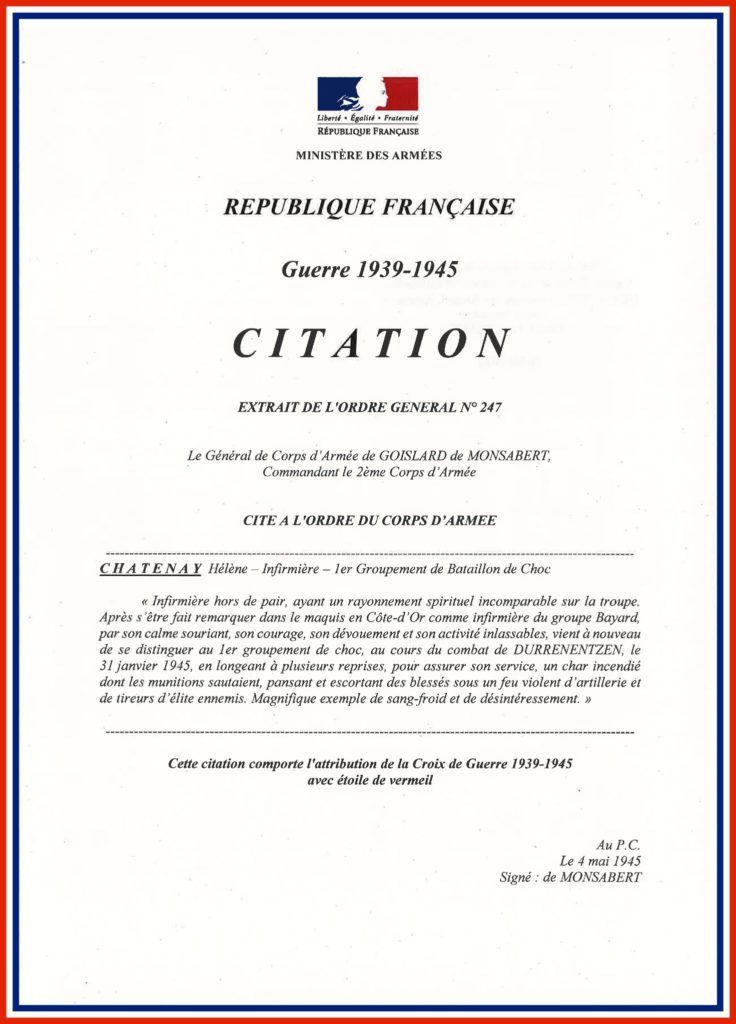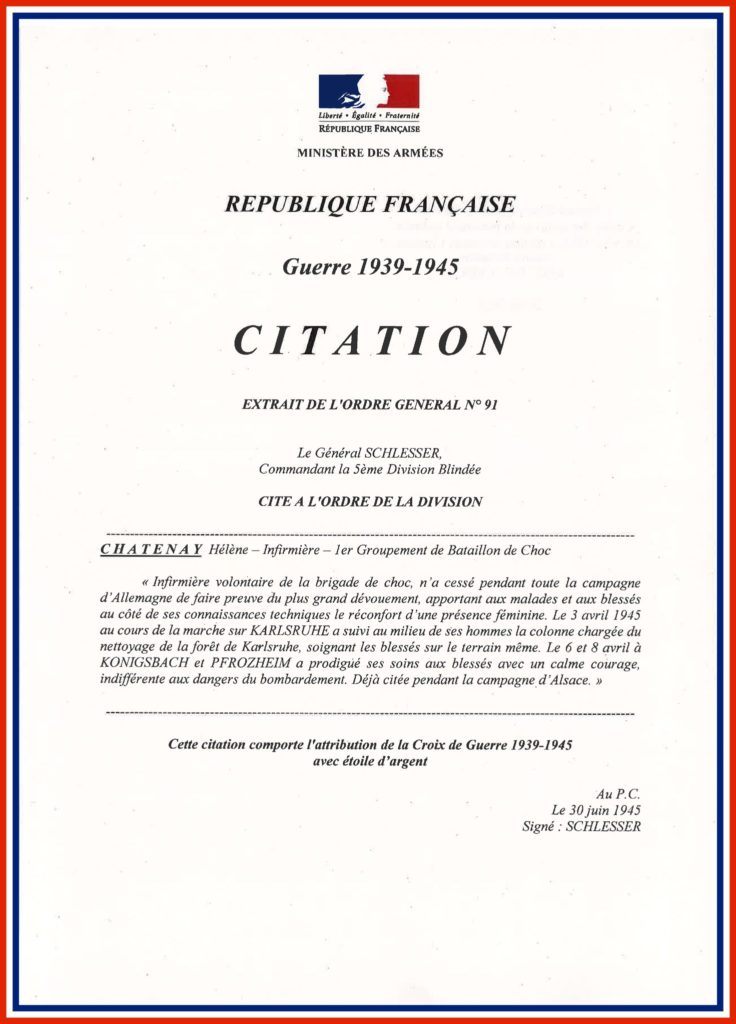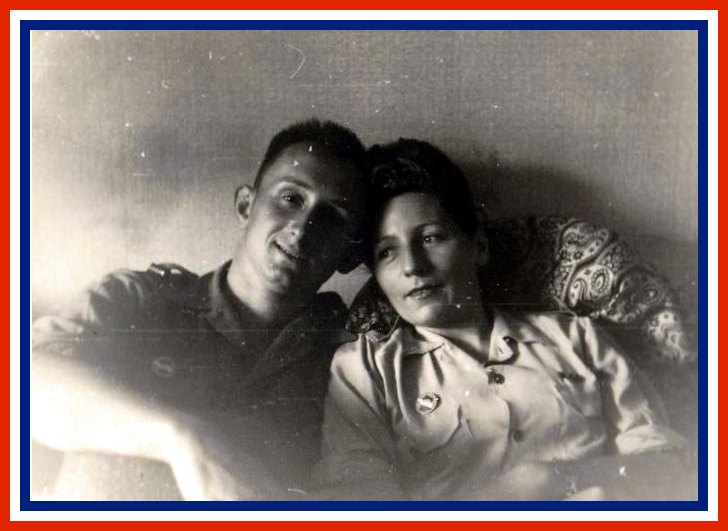François WAGNER 1940 – 2022
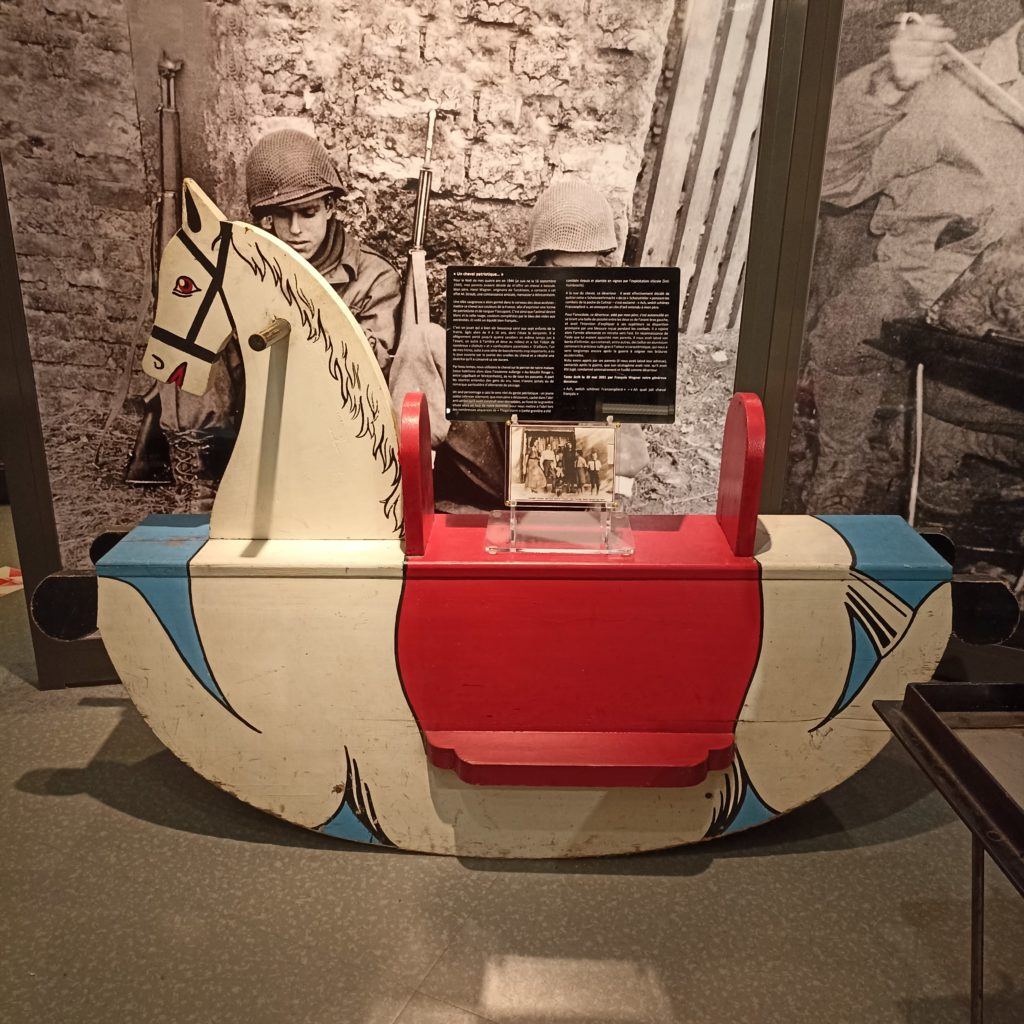
A little French horse like no other.
For my 4th Christmas in 1944 (I was born on 16 September 1940), my parents decided to give me a rocking horse. My father, Henri Wagner from Turckheim, asked Mr Straub, a friend carpenter in Wintzenheim, to make it.
The two friends had a crazy idea: painting that rocking horse in the colours of the French flag to show some patriotism and mock the German occupant. Thus, the wooden toy was painted in white with a red saddle and blue on both sides. And that is how you obtain a French horse!
That toy was of course enjoyed by all 7 children of the family, then from 4 to 16 years old (I was the youngest). It even carried up to 4 riders at the same time: one on the front, two in the middle and one on the back. It also suffered many quarrels and confiscation from our parents. One of my brothers once inured his cheek with the tips of the ears of the horse and kept a scar all his life.
When the weather was good, we were playing on the porch of the family home, in full view of everyone passing by. We were then living in the former Au Moulin Rouge inn between Logelbach and Wintzenheim. Apart from the knowing smiles of the locals, we never got any remarks from the Germans.
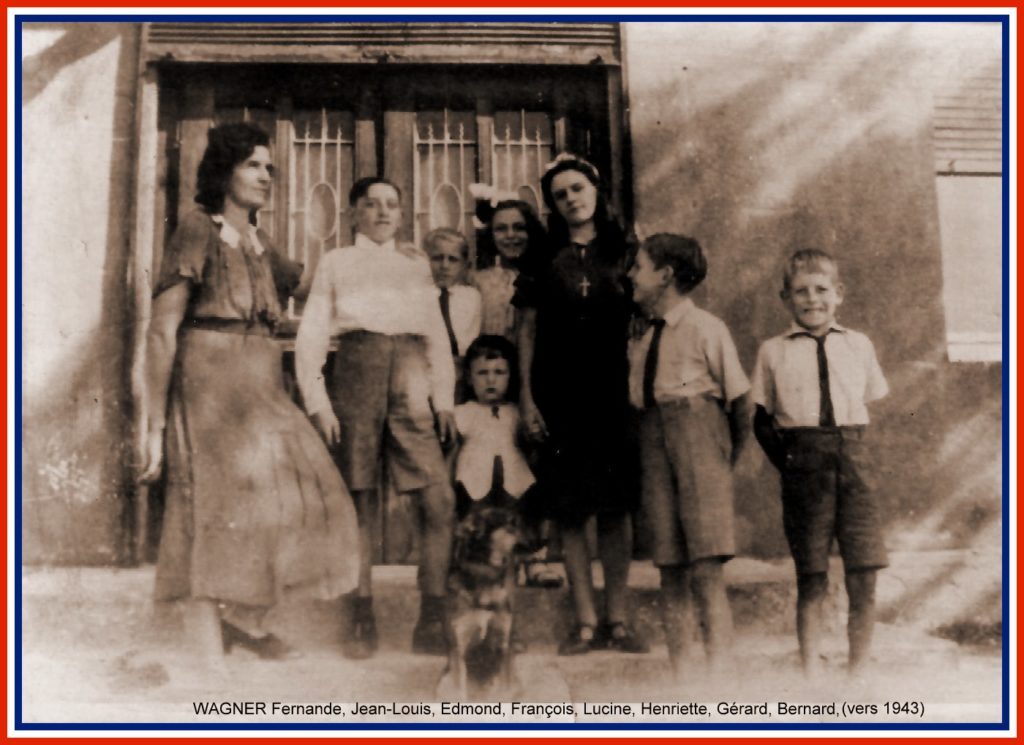
Only one person got the actual meaning of the patriotic symbol: a young German medic. My father discovered him hidden in the air-raid shelter they had built with neighbours. It was in the gravel quarry in front of our home and we used it during the numerous “Fliegeralarm” (German for air raid warning). Since then, that quarry was filled and became a vineyard for the Zind-Humbrecht exploitation.
When he saw the rocking horse, the deserter winked at my father and said: “Ach, welch schönes Franzenpferd”1. He was indeed a deserter who decided to flee from that “Scheisswehrmacht”² and “ScheissHitler”3 during the combats for the Colmar Pocket.
This deserter, helped by my father, injured himself by shooting between the two bones of his forearm. He wanted to explain to his superiors his disappearance by pretending to have been shot during the fight. He then caught up with the German army while it was retreating to the East. As a thank you gift to my parents for their help, he left us his medic stuff. It contained, among other things, aluminium boxes of tulle gras, which we used for a long time after the war to heal our burns.
After the war, we contacted his parents since he had given us his address. We learned from them that his trick had failed and that he had been tried and sentenced to death for desertion.
Text written on 20 May 2021 by François Wagner, our generous donator.
Since the 1st of August 2022 our little wooden horse has been orphaned…Mr François Wagner left us suddenly…we have a moving thought for him and his family.
1“Oh, what a lovely French horse”
²“shitty German army”
3“shitty Hitler”
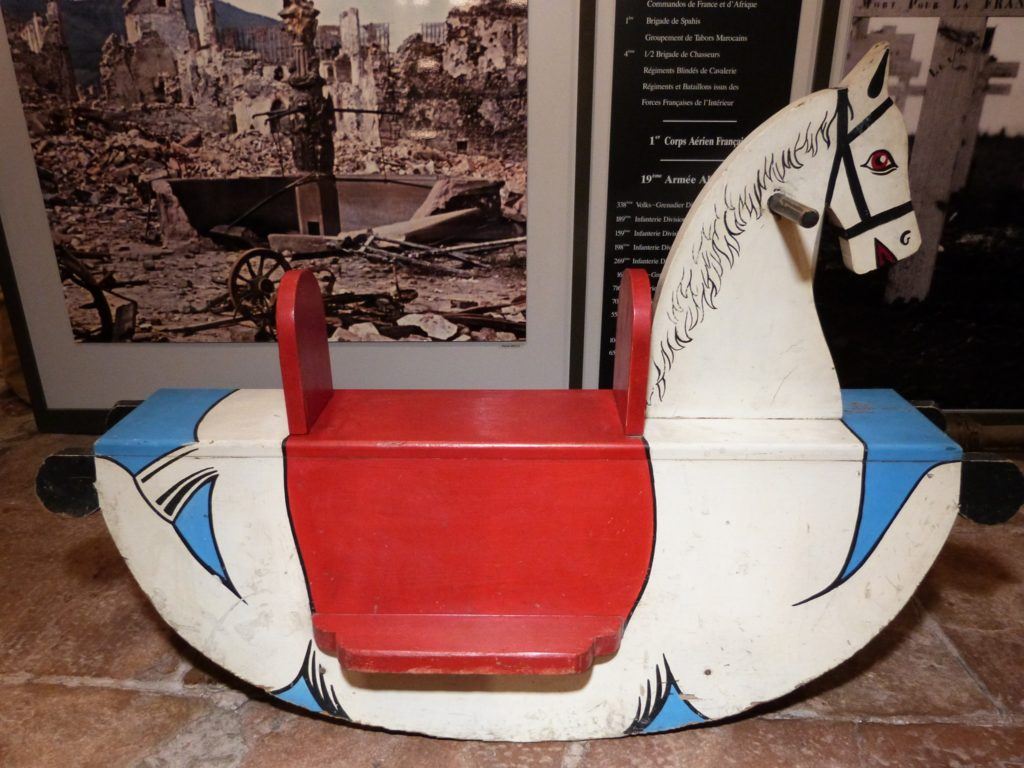
Gaston Aimé RIBUN 1924 – 1990
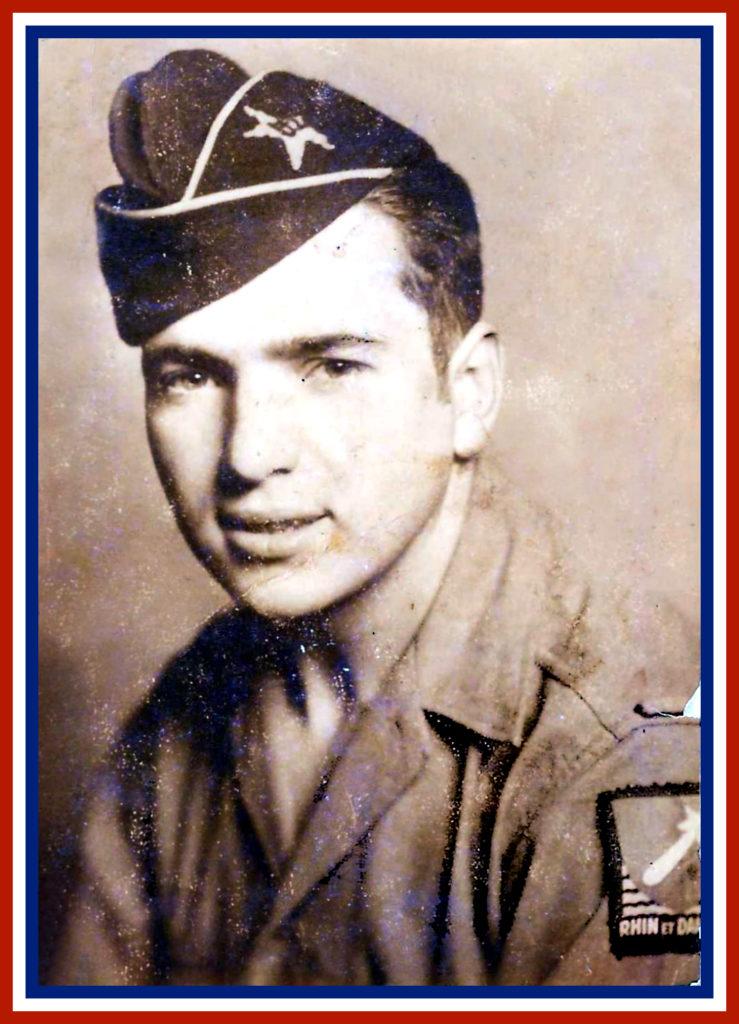
Tribute to Gaston Ribun and his mates from the 62nd African Artillery Regiment (RAA in French) of the 5th Armoured Division (DB in French).
Gaston Ribun was born on 22 May 1924 in Saint-Usuge (Saône et Loire).
On 30 October 1942, he voluntarily enlisted for 3 years in the 62nd RAA – formed on 1 May 1927 with the artillery groups posted in Tunisia – and temporarily in the 35th Artillery Regiment in Zone Libre. His contract was confirmed by the military commissariat in Périgueux (Dordogne) on 23 November 1942 under the number 171.
Following the German invasion of the Zone Libre, he was put on Armistice leave from 1 March 1943.
He left France for Spain.
After some months in jail, he was liberated by the French Red Cross and reached French North Africa to enlist in the 62nd RAA on 1 November 1943.
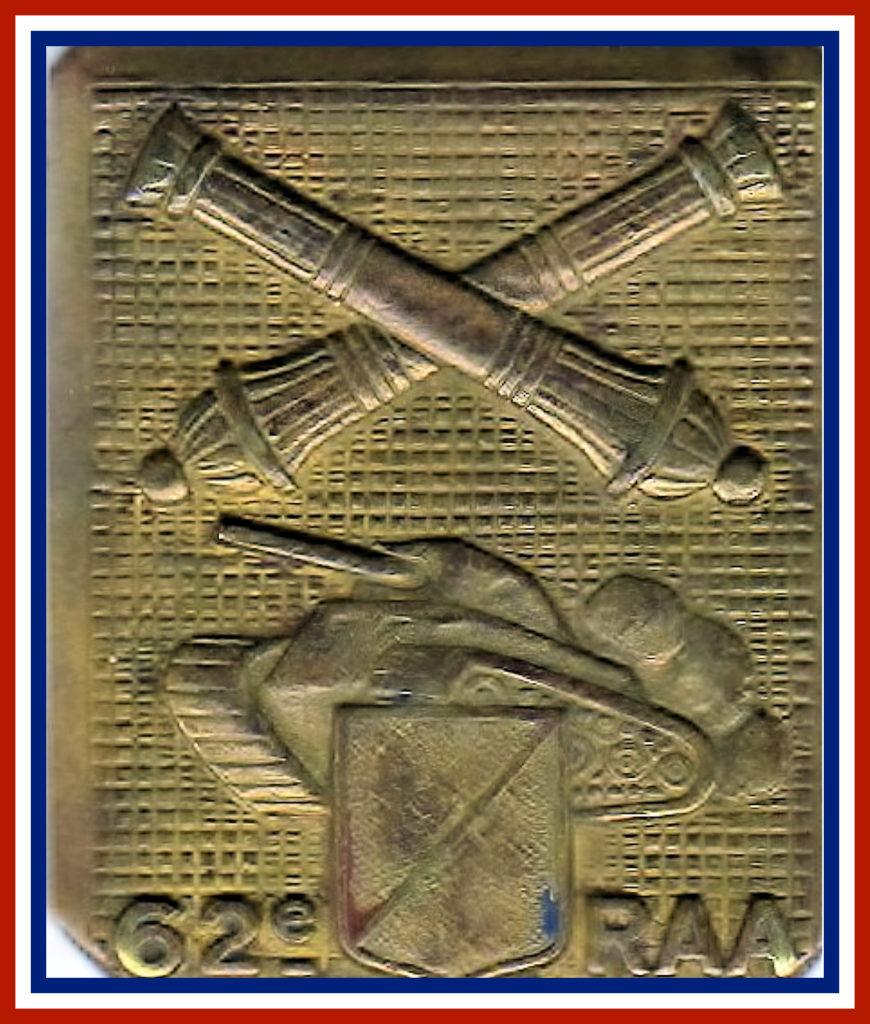
He and other escapees from France were presented to General de Lattre de Tassigny and his staff who praised them for their courage.

He was trained as driver-gunner on 105mm Howitzer Motor Carriage M7, then in use by the divisional artillery of the 5th DB. On 14 September 1944, he embarked in Oran (Algeria) to land in Saint-Raphaël (Var) on 20 September.
During the French Liberation Campaign, he was on the front line of every battle with his unit and the 5th DB. He took part in the terrible combats in the Colmar Pocket and then in the German Campaign, which ended for him along Lake Constance in Austria. From 9 May to 24 October 1945, he was part of the occupation troops. Late October, he was moved to Altkirch (Haut-Rhin) and demobilised on 3 November 1945.
Most of his military records and medals were scattered after his death but his son recalls that he always kept safe a postcard of General Schlesser (Combat Command 4) with the inscription “the 5th DB doesn’t forget”.
Gaston Ribun died on 27 September 1990 in Bron (Rhône).
Many years after the war, in 1975, his son followed his model and enlisted in the Marines. He left as a non-commissioned officer after 27 years of good and loyal service.
His grandson took over from him. After his schooling in the Military Highschool of Aix-en-Provence (Bouches-du-Rhône), he went to the National Active Non-Commissioned Officers School in Saint-Maixent-l’Ecole (Deux-Sèvres). As a young sergeant, he chose the Signal Corps. Later on, he passed the officer examination in Combined Arms School and served as a superior officer in the 61st Artillery Regiment. This commitment to serve France has lived on for 3 generations in the Ribun family. Thanks to his son who shared his family history.
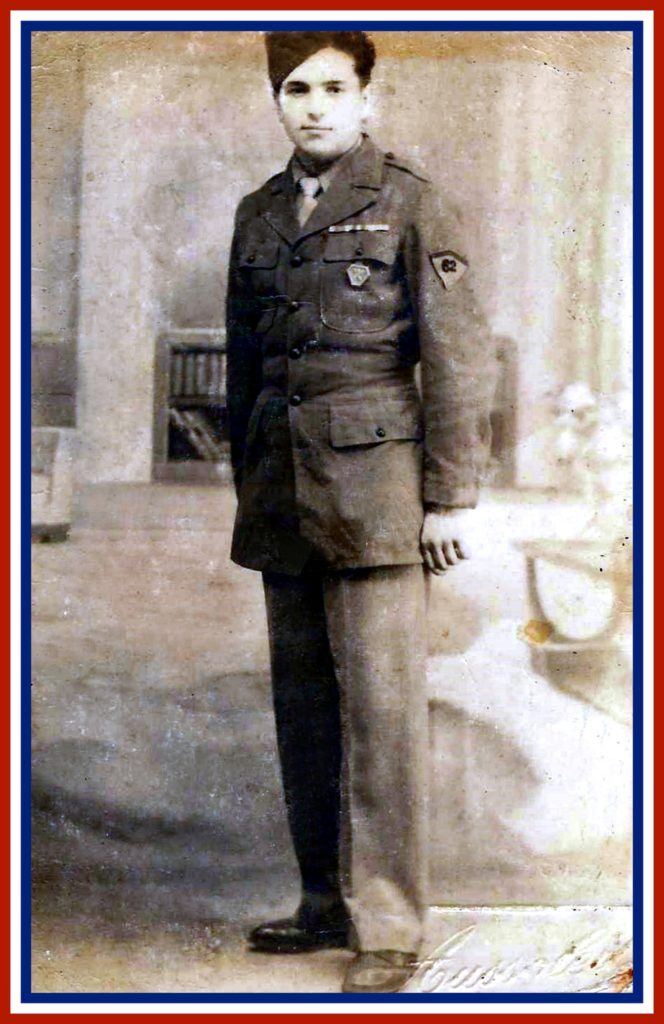
Georges SONGEON 1923 – 2001
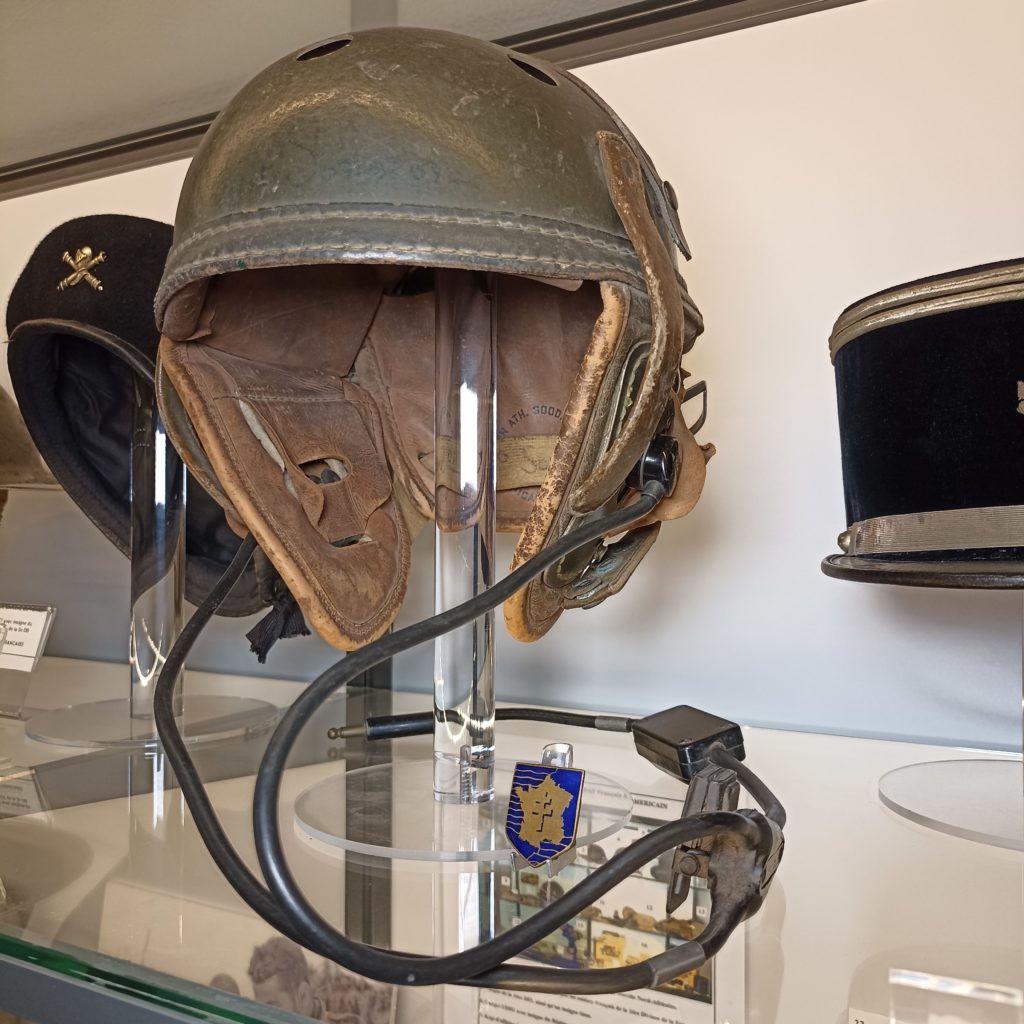
Tank helmet with headset belonging to Georges Songeon from the 501st Combat Tank Regiment (RCC in French) of the 2nd Armoured Division (DB in French). In 1956, he gave it to the son of his bestfriend, Jean Francis “Jeannot” Gaigneux who played many times with it during his childhood. Jeannot saw Georges Songeon for the last time in 1996 and brought his helmet for him to see it one last time. The latter was delighted and moved that Jeannot took care so well of it. In 2021, after having kept it for 65 years, Jeannot decided to hand the helmet over to the Museum to display it and commemorate Georges Songeon and his mates.
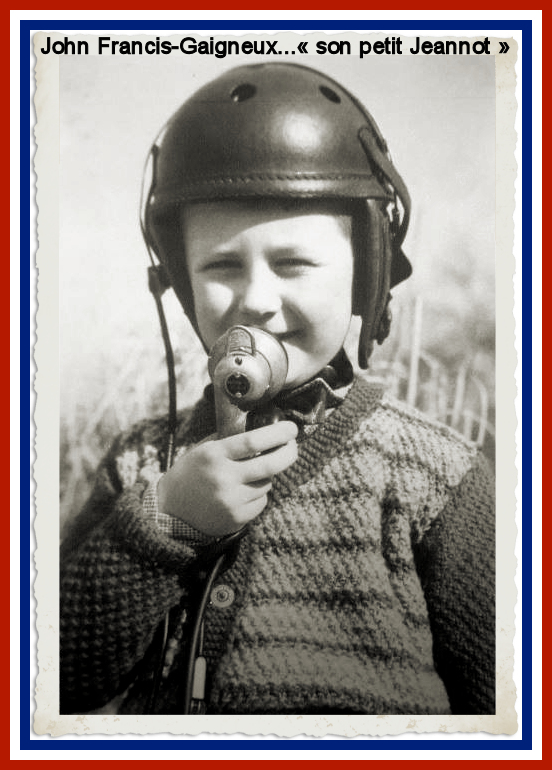
My name is Georges Songeon and I was born on 4 August 1923 in the 7th district of Paris.
Along my brother Jean, driver of Eylau tank, I enlisted in the 2nd DB of General Leclerc. On 1 September 1944, I was assigned to the 501st RCC.
I took part in the Liberation of France as maréchal des logis (rank specific to the french mounted unit wich is sergeant in the US Army) and served as a radio operator on the “Terre de France” half-track from the commanding section of the 2nd Company of the 501st RCC.
My crew (“TERRE DE FRANCE” Half-Track Radio) : TOMIO – ARBEILLE – GHERARDI – ALLANO – SONGEON – BEAUCHENE – BEN SIMON.
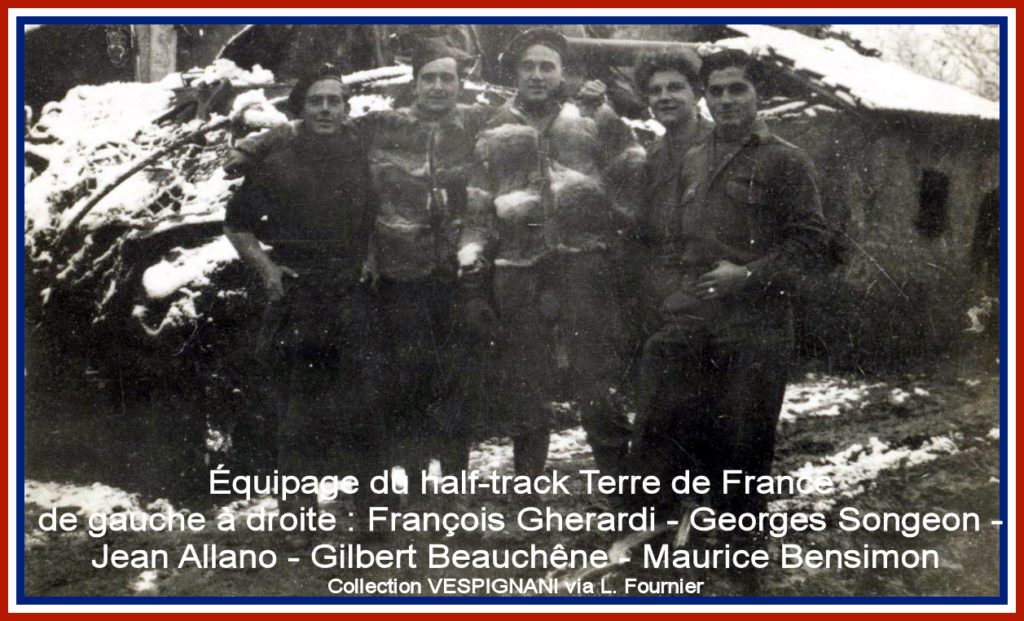
On 2 October 1944, I was accidentally wounded in the shoulder in Anglemont (Vosges) and thus evacuated.
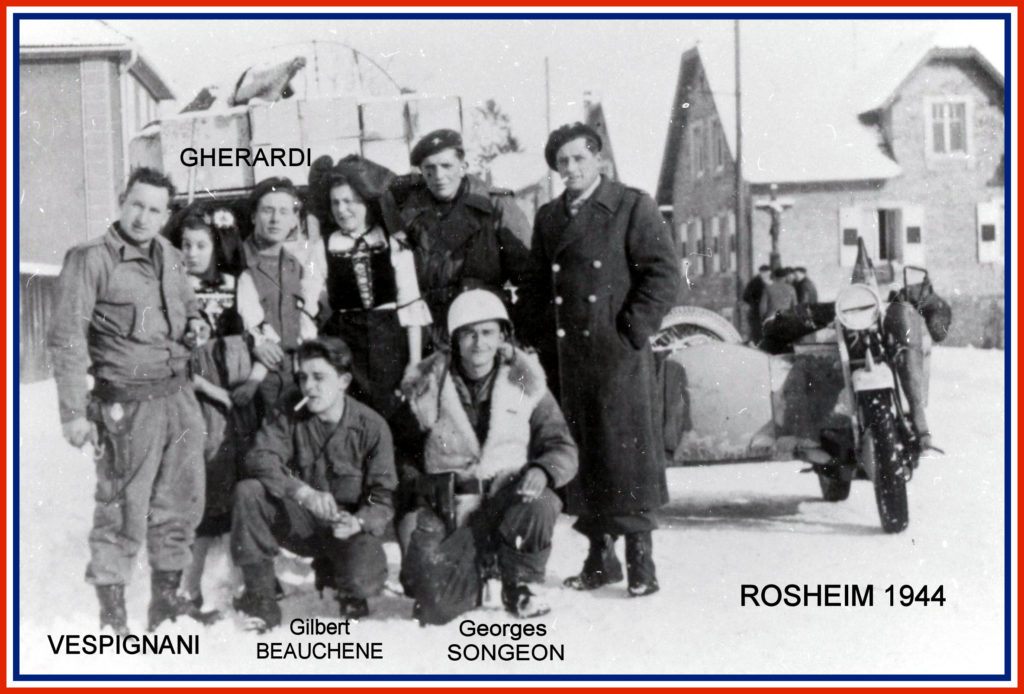
I joined my unit on 7 November to take part in the Alsatian Campaign from 21 November to 1 February 1945, from the liberation of Strasbourg (Bas-Rhin) to the Grussenheim (Haut-Rhin) fights.

On 1 February in Grussenheim, I was wounded again. I broke my wrist falling from my vehicle and was evacuated.
I recall a conversation I had with Jean Allano in Dun-le-Poêlier (Indre) before leaving for the German Campaign. We talked about what would happen in Germany. If one of us were to die, he could not lie in this foreign and enemy land. Thus, I asked my beloved mother in Paris to embroider “Terre de France” in blue, white and red on a small silk bag. We then filled this bag with dirt from the Berry region and swore to pour it if one of us were to die. This bag came back full to Villeblevin (Yonne). As I said, these were the good times.
I took part in the German Campaign from 28 April to 8 May.
I recall the last operation in Berchtesgaden on 4 May 1945. French soldiers found the black Mercedes in which Adolf Hitler use to parade: a monstrosity with armoured windows weighing several tonnes. Its dashboard was crowded with so many dials that it looked more like an airplane dashboard. Following the order of Captain Girard, batman officer, the car was sent to the divisionary command post to be given to the “boss”, General Leclerc. During the transfer, a gas station attendant filled the car tank with diesel instead of petrol – error or malice? – and thus the limousine arrived to the command post in a cloud of blue smoke.
On 16 September, I was promoted sergeant and left the active service for good on 3 December.
After the war, I was employed as technical officer in the Alsatian Society of Mechanical Construction (SACM in French) in Arcueil (Val de Marne).
For the anecdote, I named my house in Harbonnières (Somme) “Villa Koufra” as a homage to General Leclerc. I moved there with my wife when I retired.
Georges Songeon died on 5 May 2011 in Amiens (Somme).
1 commendation:
In the Order of the Regiment by General Order #68 on 21 October 1944 from General Leclerc, commander of the 2nd DB, along the award of the Croix de Guerre 1939-1945 with a bronze star: “Excellent radio, ensures continued listening, carried on fulfilling his mission despite heavy bombing and showed great calm in face of danger.”
1 credit from Captain Jacques de Witasse, commander of the 2nd Company of the 501st RCC: “On 28 January 1945, was with his team one of the architects of the victory during the fierce battle in Grussenheim. That day, despite harsh material conditions (intense cold, deadly bombing), radio gave us valuable information to modify the manoeuvre which led us to victory.”
His decorations:
Military Medal
Croix de Guerre 1939-1945 with a bronze star
Medal for the War Wounded
Volunteer combatant’s cross
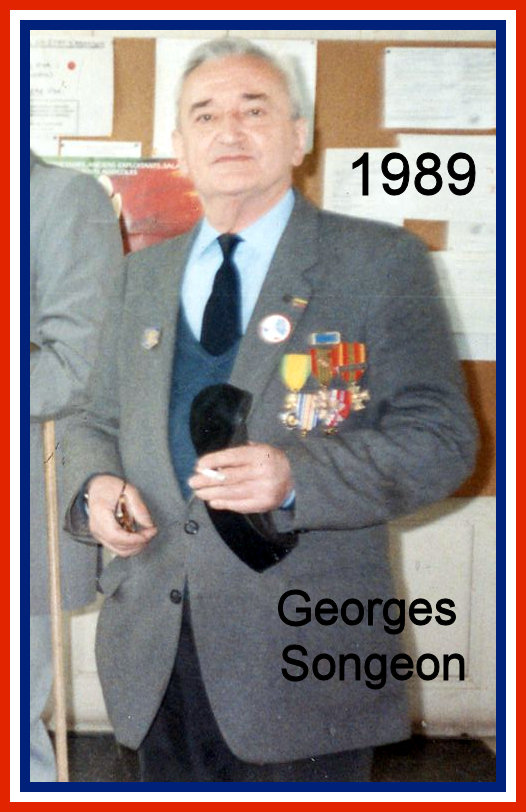
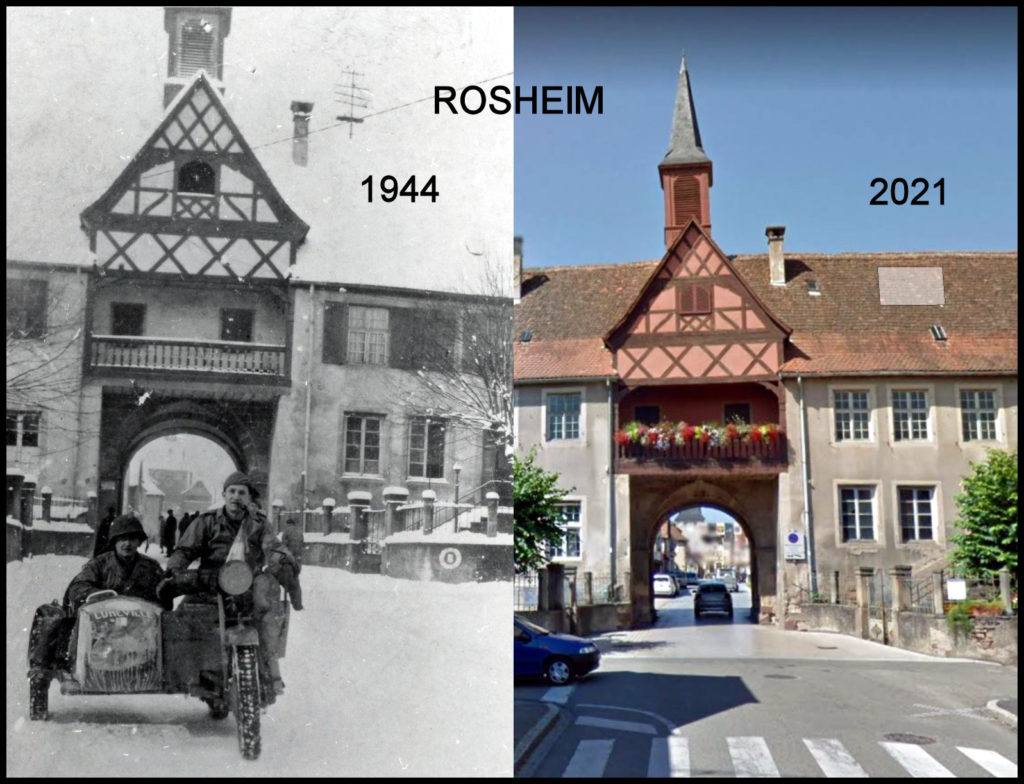
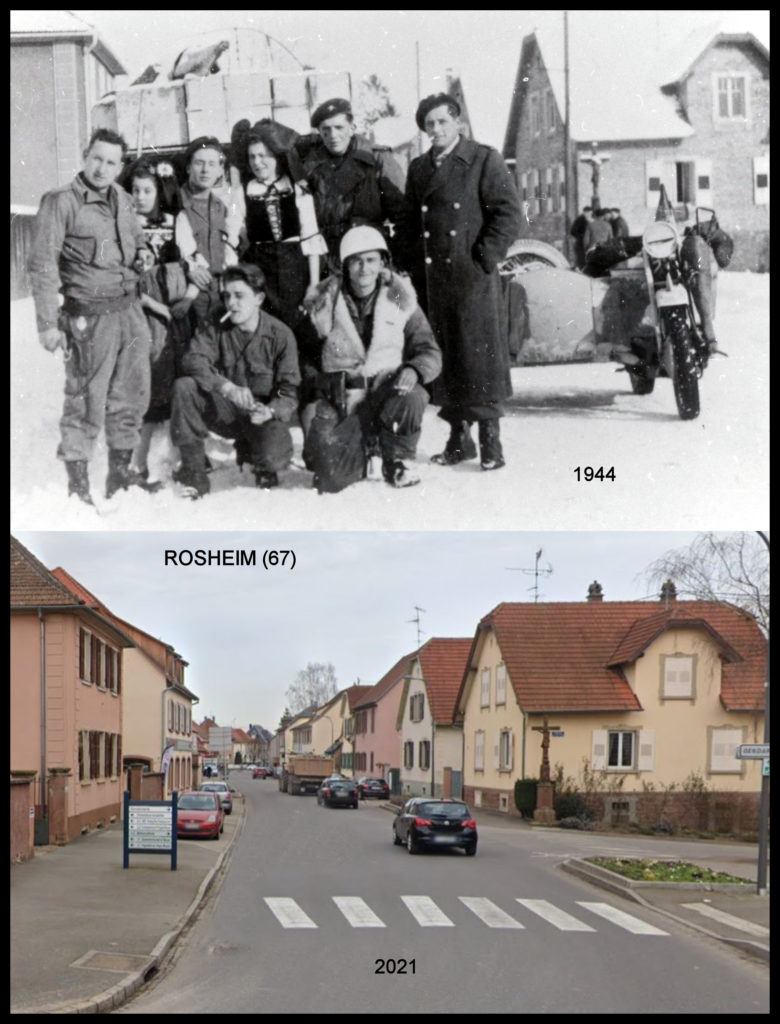
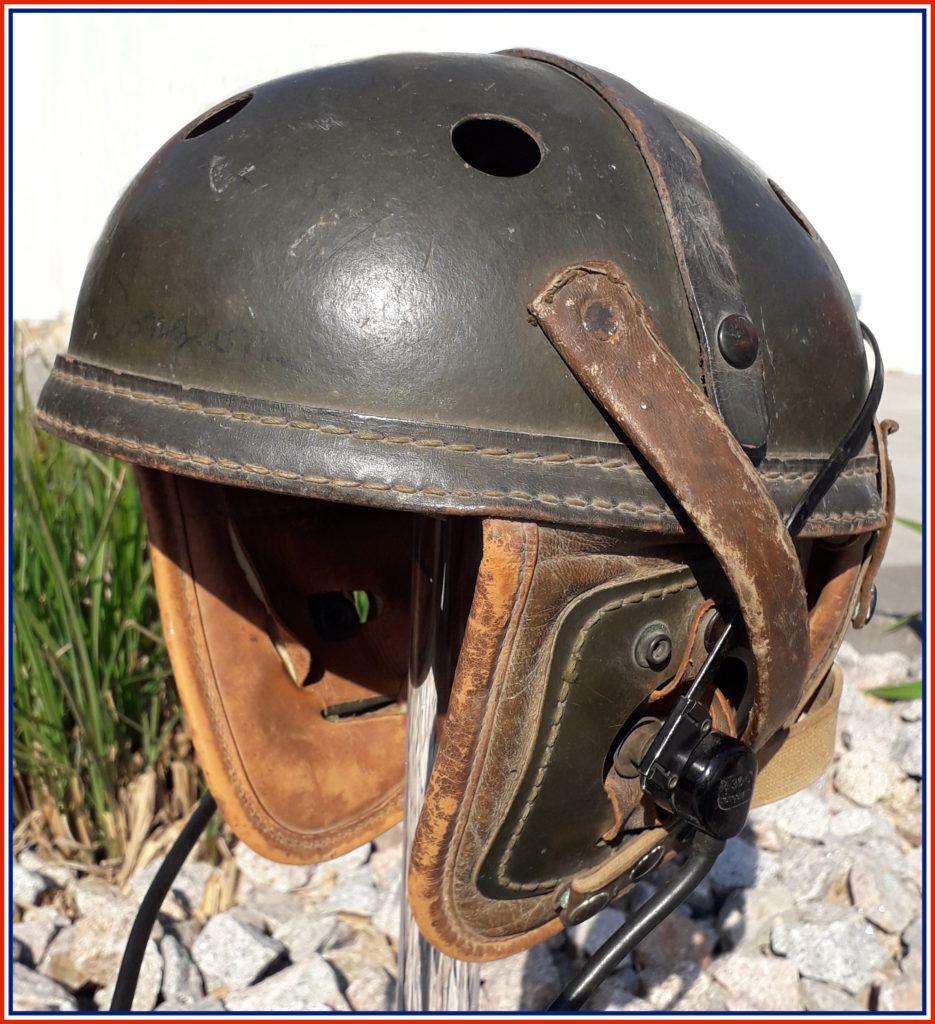
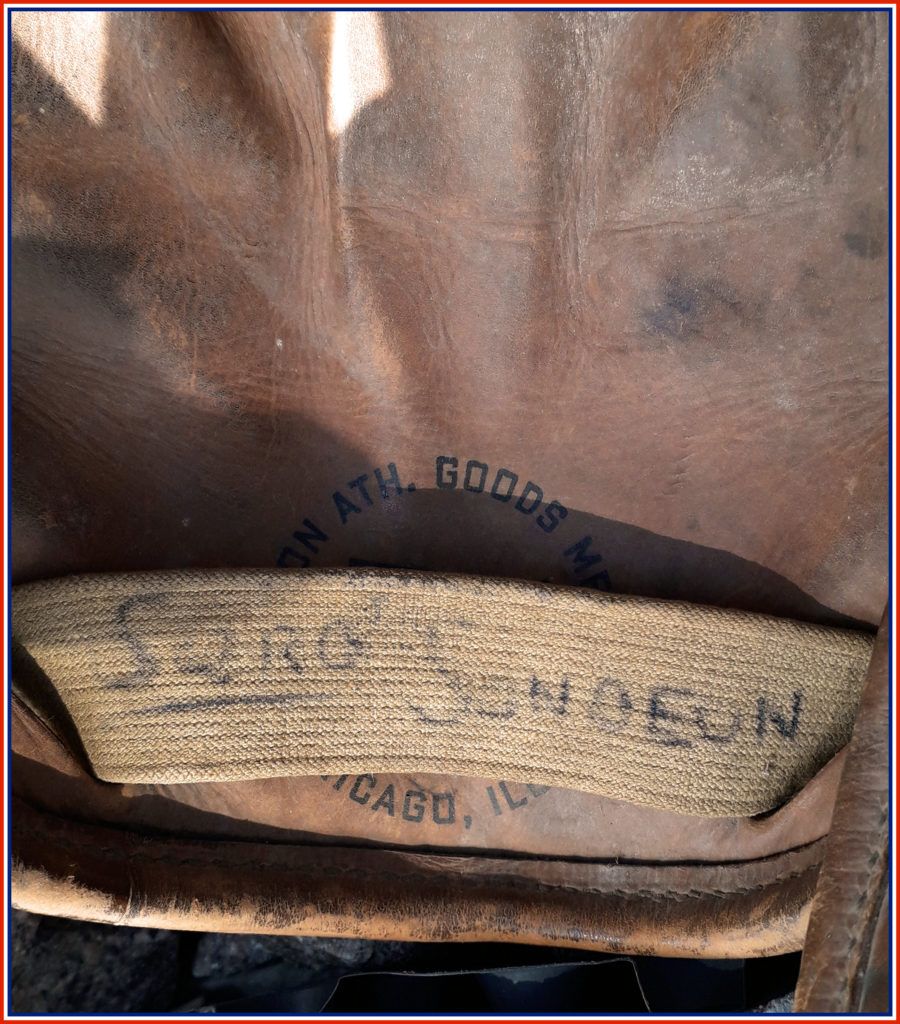
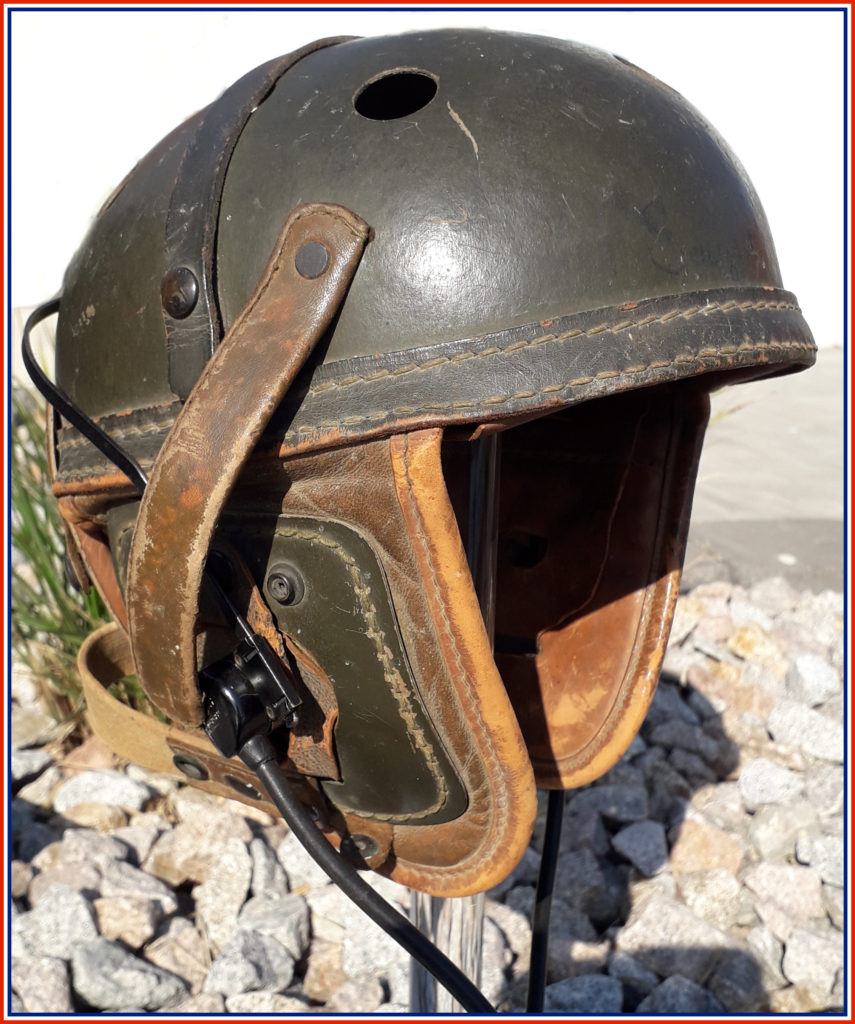
sources : “L’odyssée de la 2ème Compagnie de chars de la France Libre 1944 – 1945” (The odyssey of the 2nd Tank Company of Free France 1944 – 1945) by General Jacques de Witasse – the CAPM – SHD Vincennes – VESPIGNANI collection via Laurent Fournier – GOOGLE MAP.
Edward J. HASENOHRL 1921 – 1945
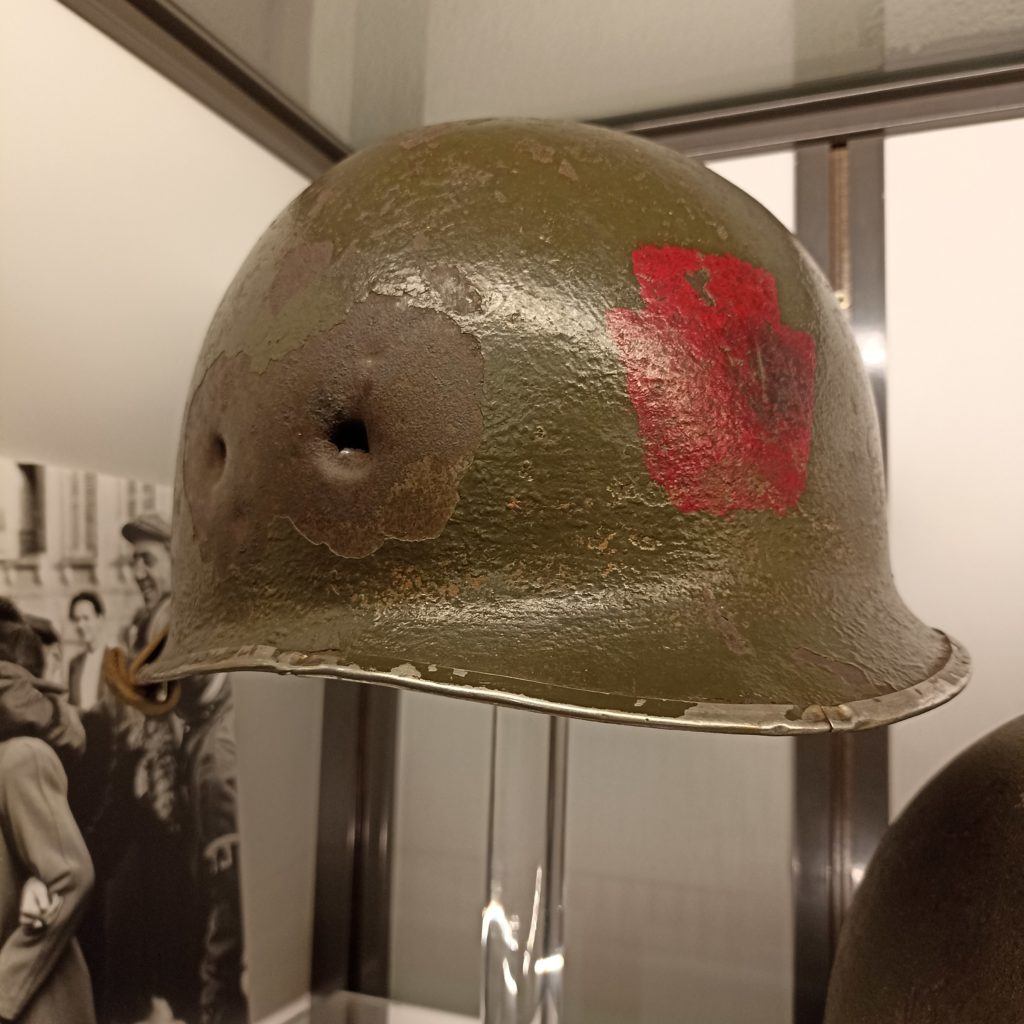
Staff Sergeant Edward J.Hasenohrl died on 4 February 1945 from shrapnel wounds at his neck.
As this helmet shows shrapnel impacts on its side and was found near the place where Hasenohrl was deadly wounded, it might be his.

He was born on November 18, 1921, in Marshfield, Wood, Wisconsin. He lived in Wood and worked at Nekoosa-Edwards Paper Company.
On 16 September 1942, he enlisted in the US Army in Milwaukee (Wisconsin) as a private.
His army serial number was 36267012 and laundry number was H7012.
After his training, he became a machine gunner and was appointed Staff Sergeant.
On 3 July 1944, he got married with Dorreen Rees, who was living in southern Wales, in the British Isles.
He was wounded in combat for the first time in France on 10 August 1944 and thus was awarded the Purple Heart. He fought in France, Belgium, and Germany before getting killed in Turckheim.

The 3rd Battalion of the 112th Infantry Regiment US, K Company
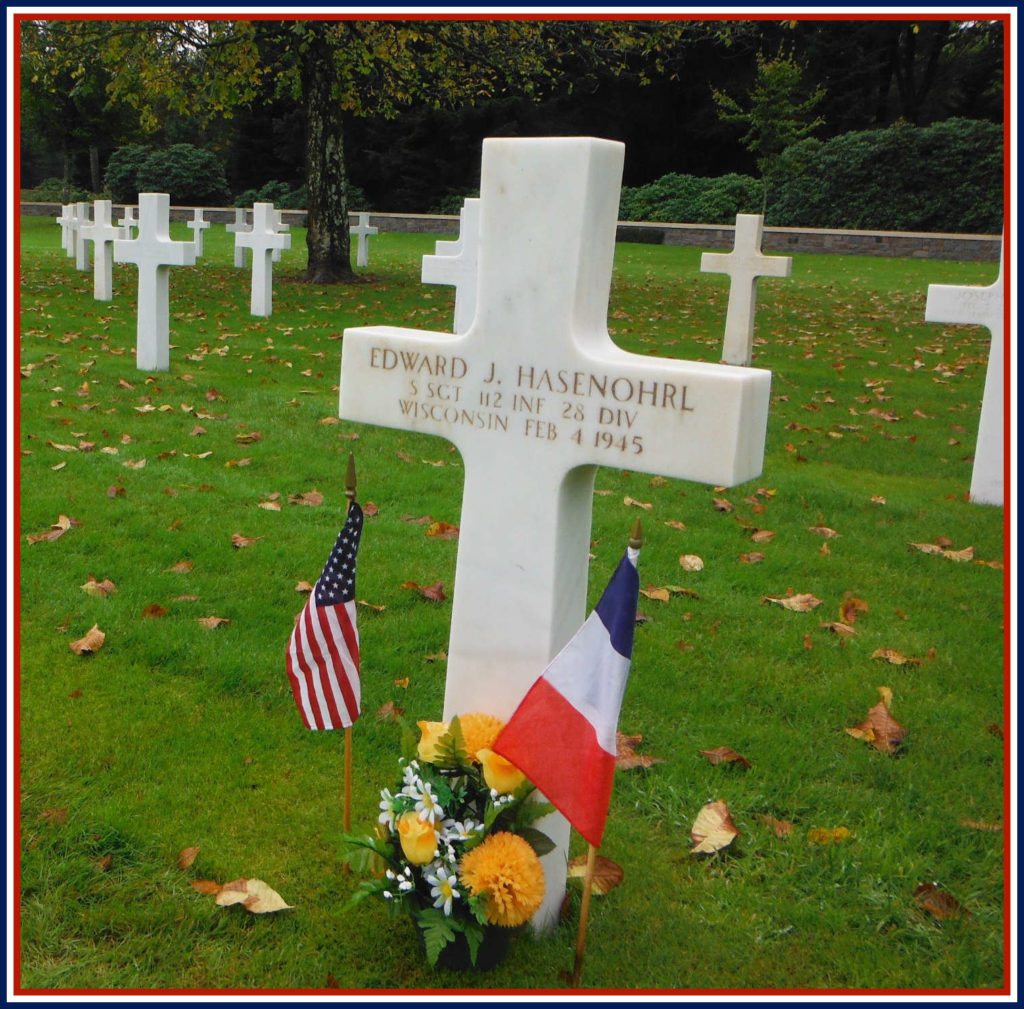
The attack was launched on 1 February 1945 at 8pm from Ammerschwihr (Haut-Rhin), despite all the snow and icy ground. On 2 February at 3pm, after a night of combat, Niedermorschwihr was liberated by the 112th Infantry Regiment, which took 25 German prisoners but lost 8 men.
On 3 February, the men of the 112th stayed in Niedermorschwihr until 3pm and started the assault of Turckheim at about 4pm. At 6pm, the first men entered the town. Their leader was Captain Thomas, who got deadly hit by a Scharfschütze (German sniper).
Here are the circumstances of his death:
“On the 3 February at 4pm, our goal was Turckheim. Captain Thomas was leading the company; we went through the vineyard to attain the town. Once we got near Turckheim, we heard some gunshots. We stopped right away and Captain Thomas checked our position. To orientate his map, he ran, crossed the street and took cover behind a brick wall.
Unfortunately, a part of his head might not have been sufficiently covered and we heard a gunshot: a sniper! He collapsed on the ground, dead! The bullet shot at his skull base and came through the back. At that moment, Lieutenant Greene, who shortly came from Paris, took the leading of the company. He secured the zone by which Turckheim was taken and liberated the following day.
Several German counter-attacks and artillery batteries (mortar shells) killed 3 of our men and 21 others got injured but we held the town!
That night, we were relieved by a French unit1. After a good night sleep, we liberated Zimmerbach and Walbach on 5 February 1945.”
Excerpt of the After-Action Report of the 3rd Battalion of the 112th Infantry Regiment, K Company.
Among the 5 deaths in the 112th on 4 February were 3 soldiers, 1 non-commissioned officer and 1 officer.
On the back of the helmet, a horizontal white strap ETO (European Theatre of Operations) can be seen, thus corresponding to a non-commissioned officer.
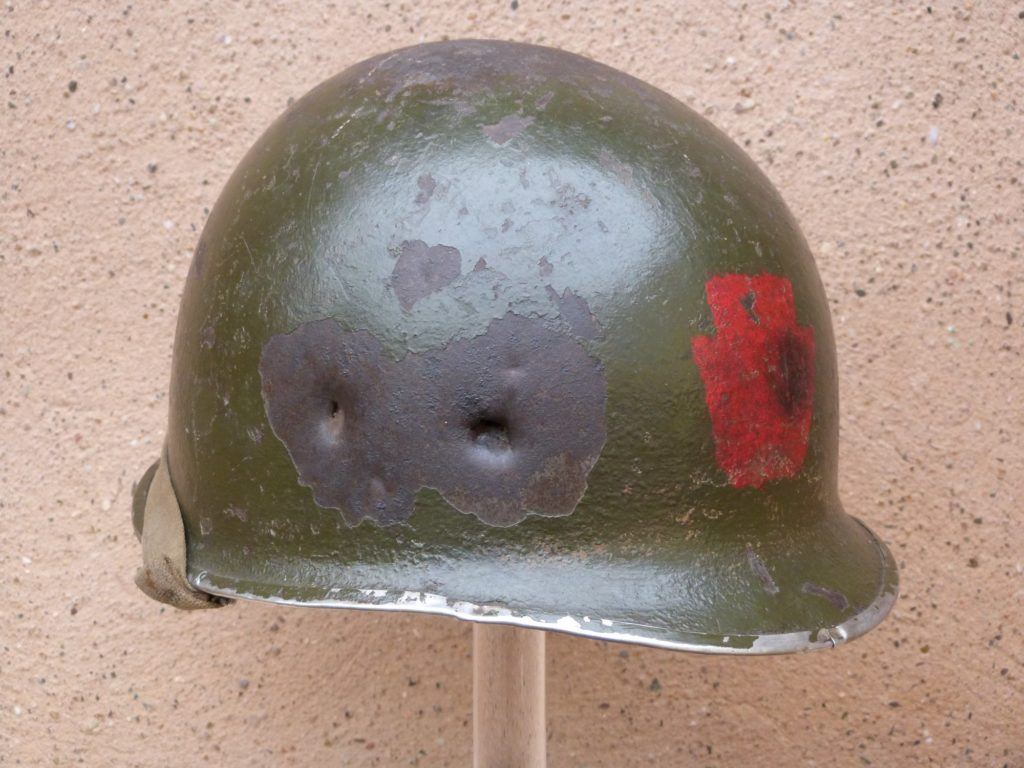
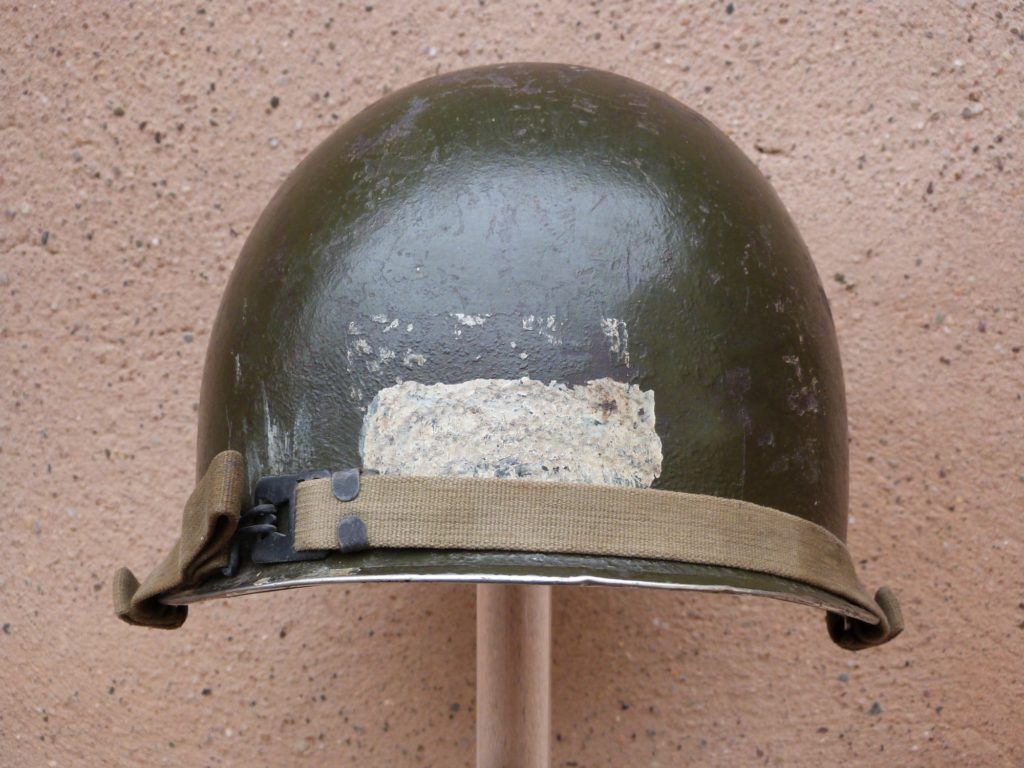
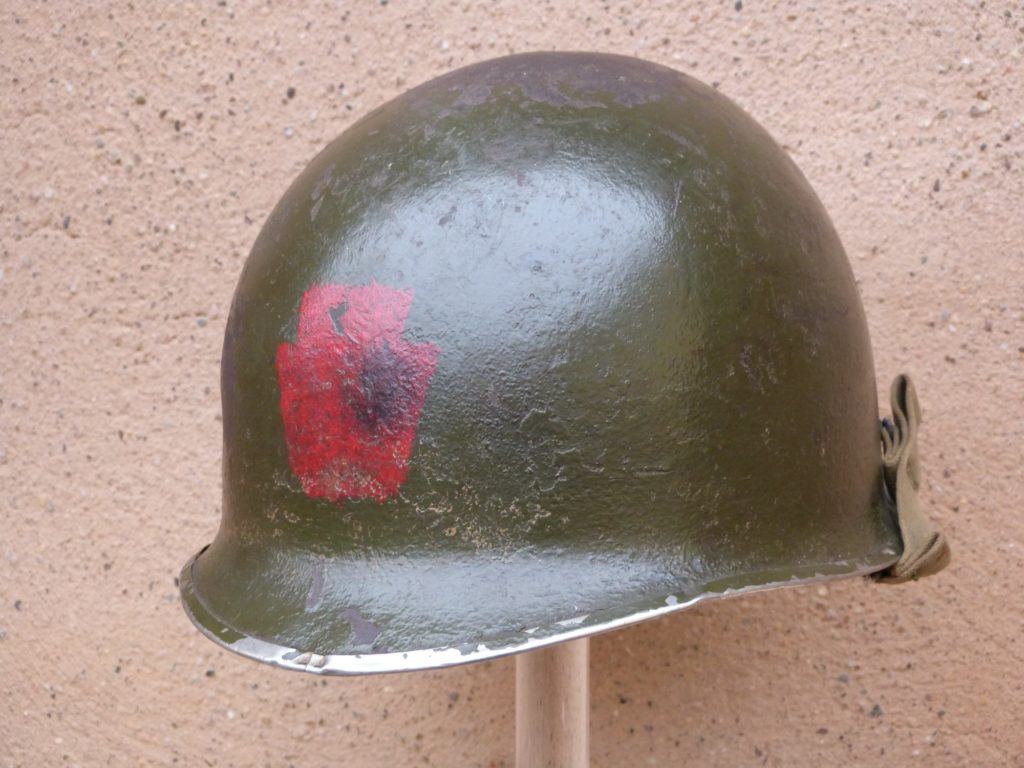
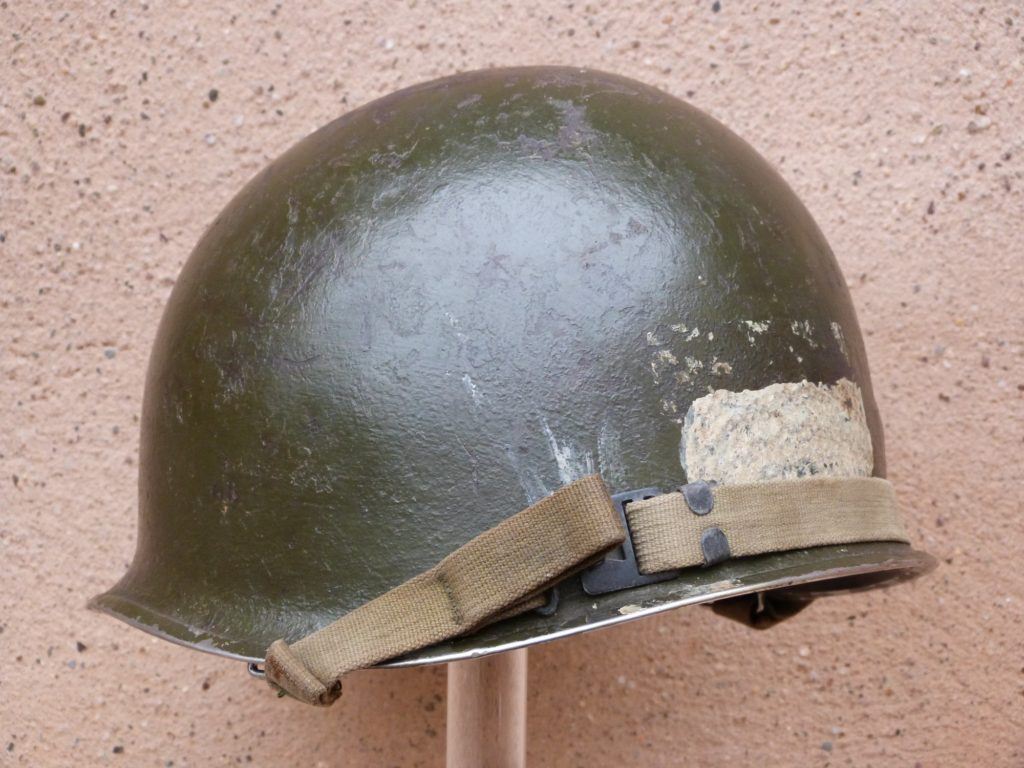
Ernest HEROLD 1917 – 1944
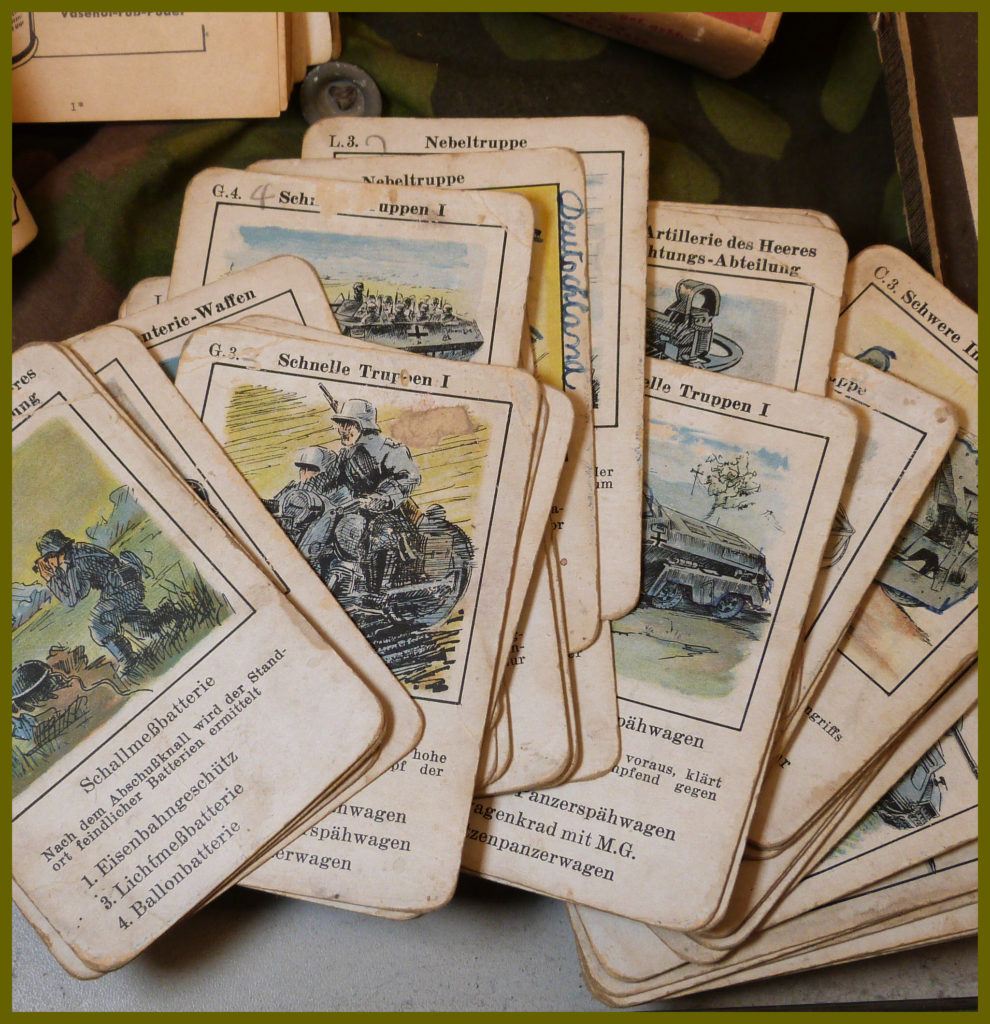
“Happy families” game who belonged to Ernest Herold, an Alsatian who got drafted by force in the German Army and who died in Russia in 1944. During his last leave, he left this game by his parents. That was the last time they saw him.
My story:
My name is Ernest Herold. I was born on 3 November 1917 in Kolbsheim (Bas-Rhin) in the Schiltigheim county.
I worked as an office clerk.


I completed my military service in Tunisia….



On 17 September 1940, I was demobilised following the French defeat…
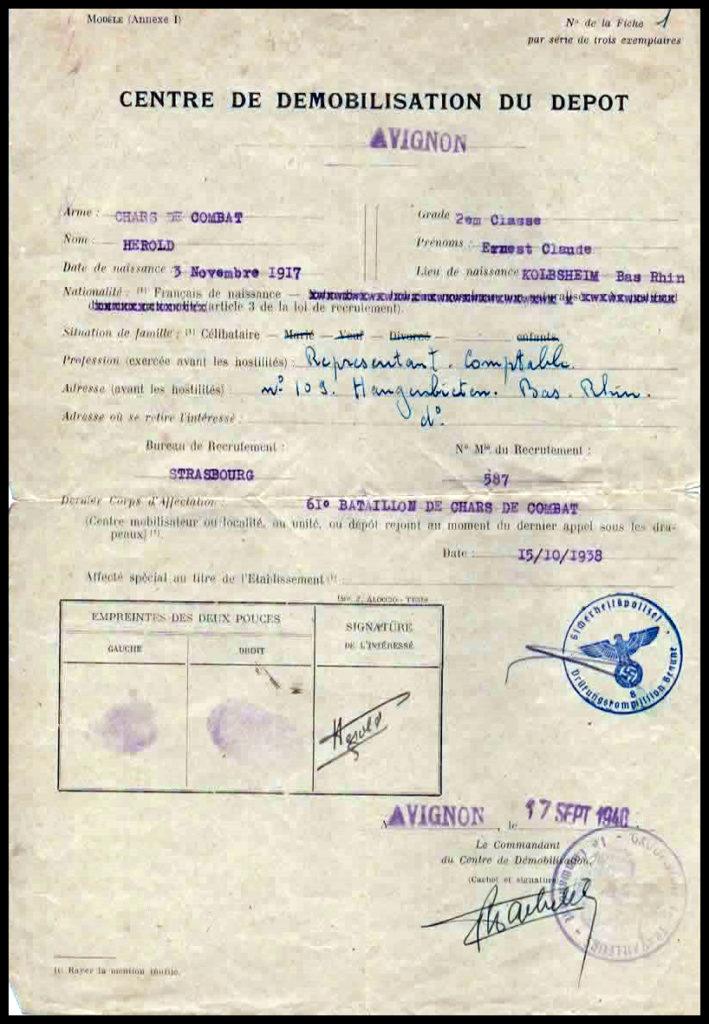
My fiancée, Lilly, was working in a police station in Strasbourg.
Her colleagues asked her to wear a male uniform for the picture.

Picture probably taken by his fiancée in 1943 on the Strasbourg Cathedral platform. It can be seen that food in times of war was less abundant than in Tunisia 3 years earlier.

At 26, I was drafted by force in the Wehrmacht. I was assigned to the Stamm-Kompanie./Gren.Ers.Btl 478 (engineering unit) as a pioneer.
On 13 October 1943, I was moved to the 3.Kp./Gren.Ausb.Btl.478 then to the 12.Kp./Gren.(Feld-Ausb.) Rgt.640 for my training.


On 9 March 1944, then part of the 3.Kp.Speerverbd.”Fischer”/ (Pionerschule) d.H.Gr.Nord-Pernay, I was killed in battle in Abisha (Obizha), on the Russian front near the Estonian and Latvian.
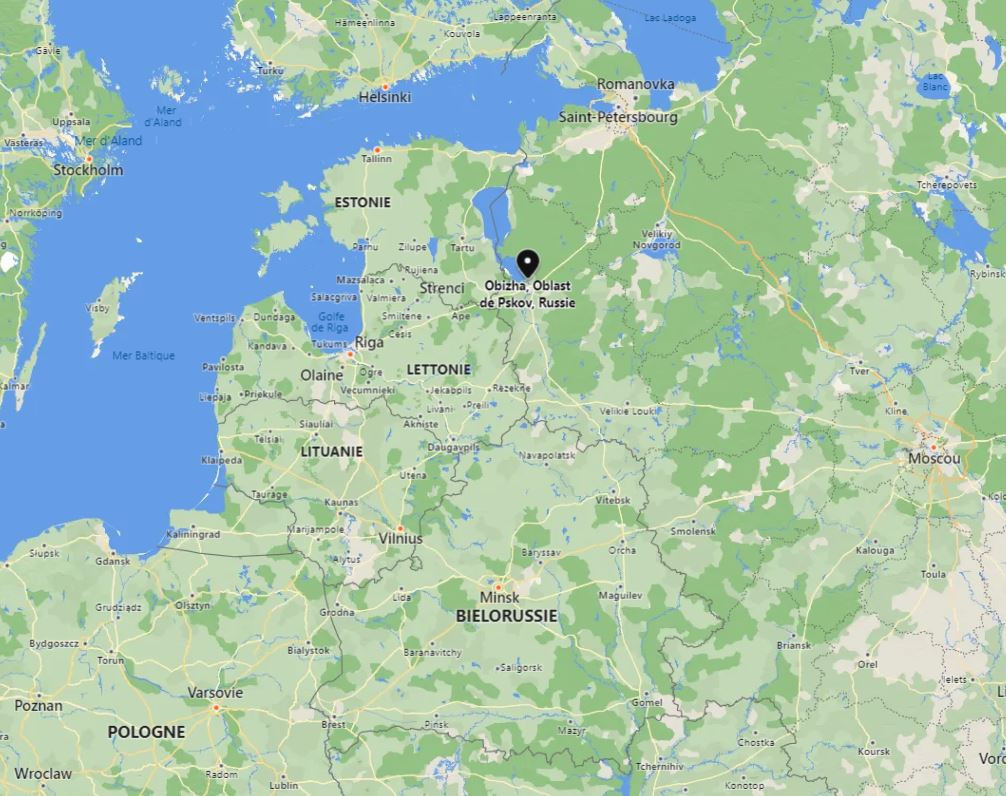
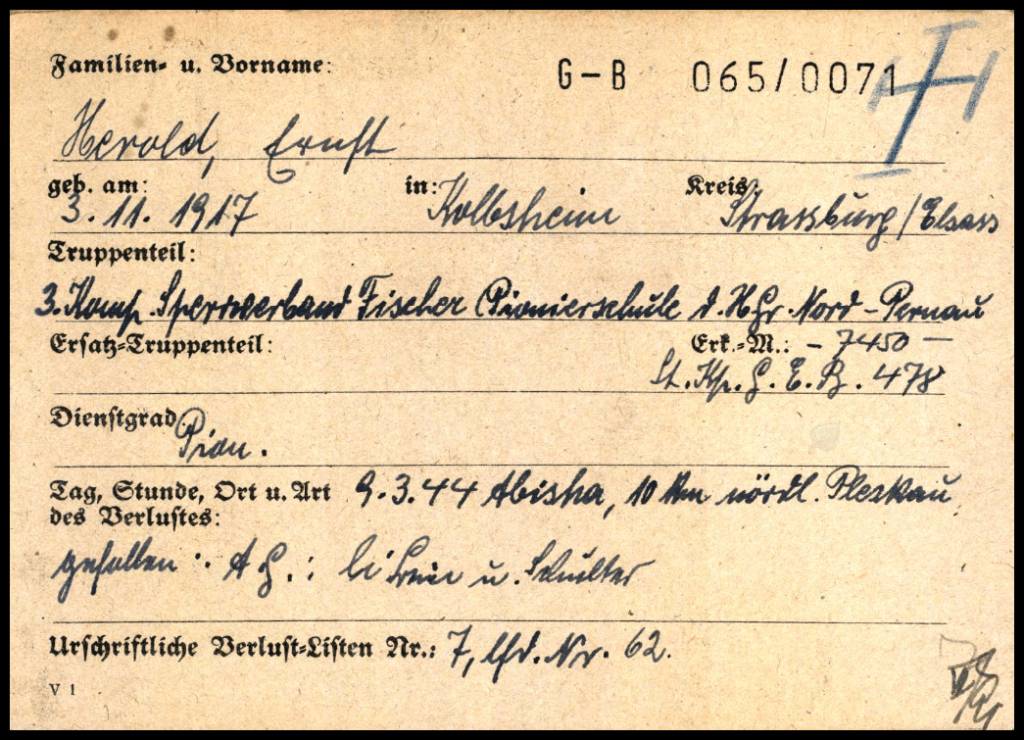
See below the translation of his last letter written on 28 February 1944 and stamped on 3 March 1944. He was probably already dead when his parents received the letter as he died on 9 March.
Eastern Front, 28/02/44
“Dear parents and siblings,
Today I got some time to write you those lines.
I am always on duty. I am healthy and I hope that you are too.
The provision here is sufficient and there is enough tobacco. I will soon send you some cigars.
The weather is good. A little bit cold in the morning but the sun warms up the atmosphere in the afternoon.
Everything else is as usual.
I hope that this war will soon be over because after 5 months spent in uniform, I’m tired of it.
I will write to you again as soon as I can.
In the meantime, best wishes
Your Ernest”
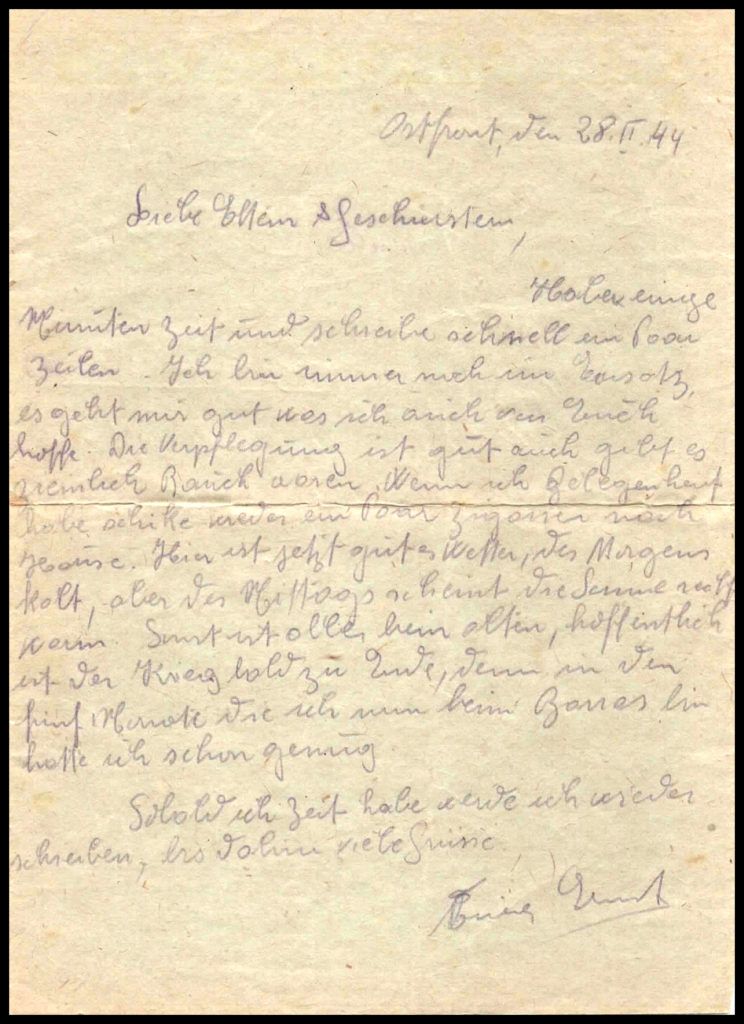

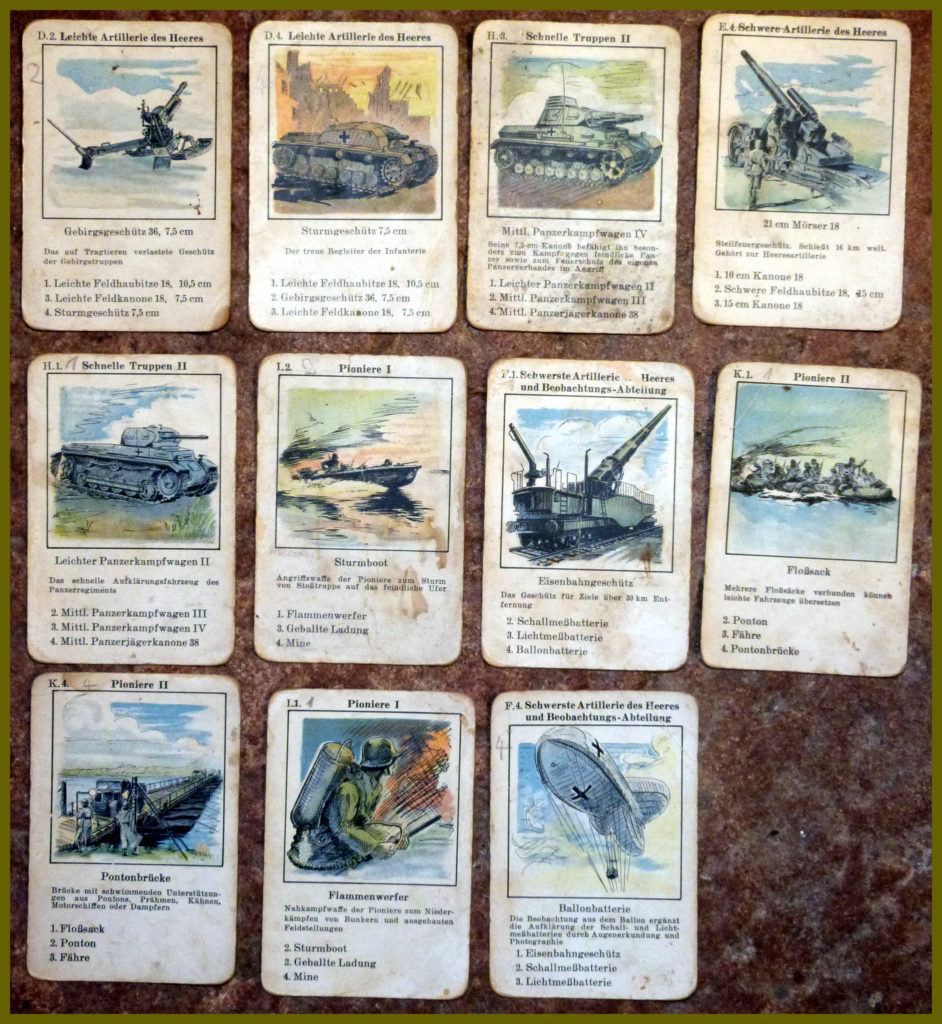
Victor SUGLIA 1921 – 2018

This life jacket or “may vest” nicknamed by the US Army Air Force aircrew after the name of the famous American actress of the 1930s since the shape of the inflated vest looks like her ample bosom.
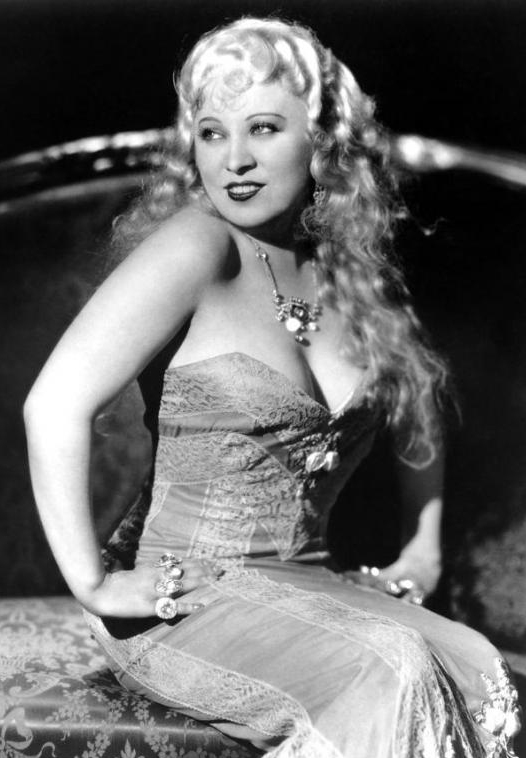
It was saved just in time from the Mackenheim (Bas-Rhin) landfill by Albert Rudloff who gave it to Michel Morcel who gave it to the Museum Memorial to share its history. The name of Victor Suglia and his Army Serial Number 32518305 are clearly visible on the front. Those markings gave the opportunity to Patrick Baumann, member of the Museum association, to find its history.
Victor, son of Mary and John Suglia, was born on 13 August 1921 in Queens, New York City. Before the war, he was working as an aircraft worker.
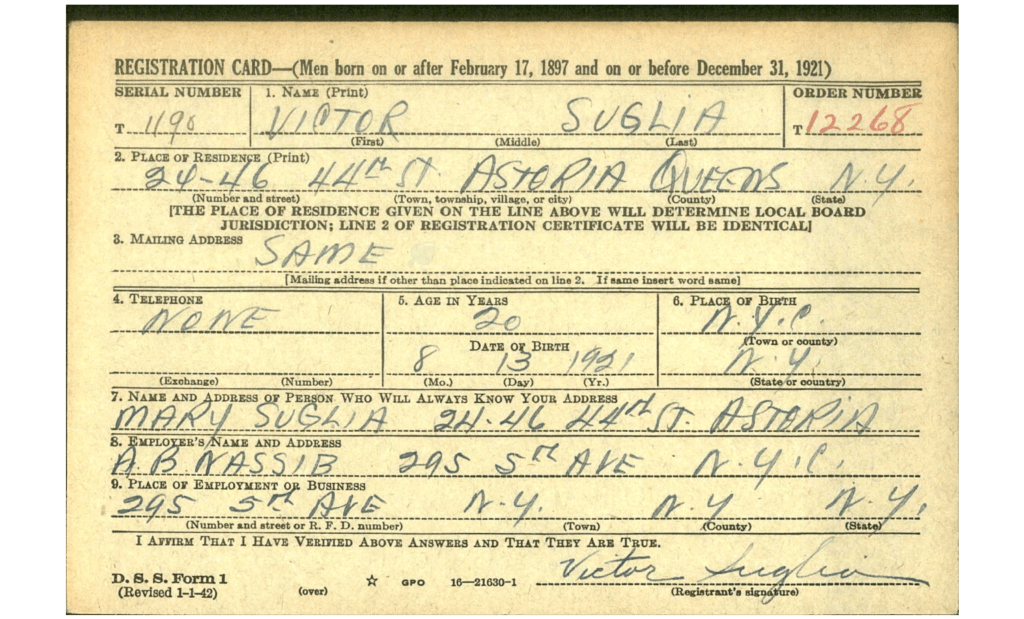
He was drafted at 21 in the US Army Air Force on 2 October 1942.
During the Second World War, he served as a Technical Sergeant in the 305th Bomber Group of the 365th Bomber Squadron.
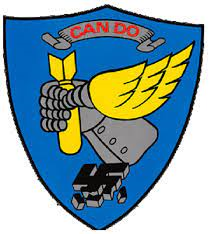
On 13 May 1944, the Boeing B-17 Flying Fortress from RAF Chelveston (UK) in which was Victor Suglia (19th mission) was hit during a raid in Stettin (today Szczecin in Poland). The pilot, Bernard Davy managed to reach Sweden (neutral country).
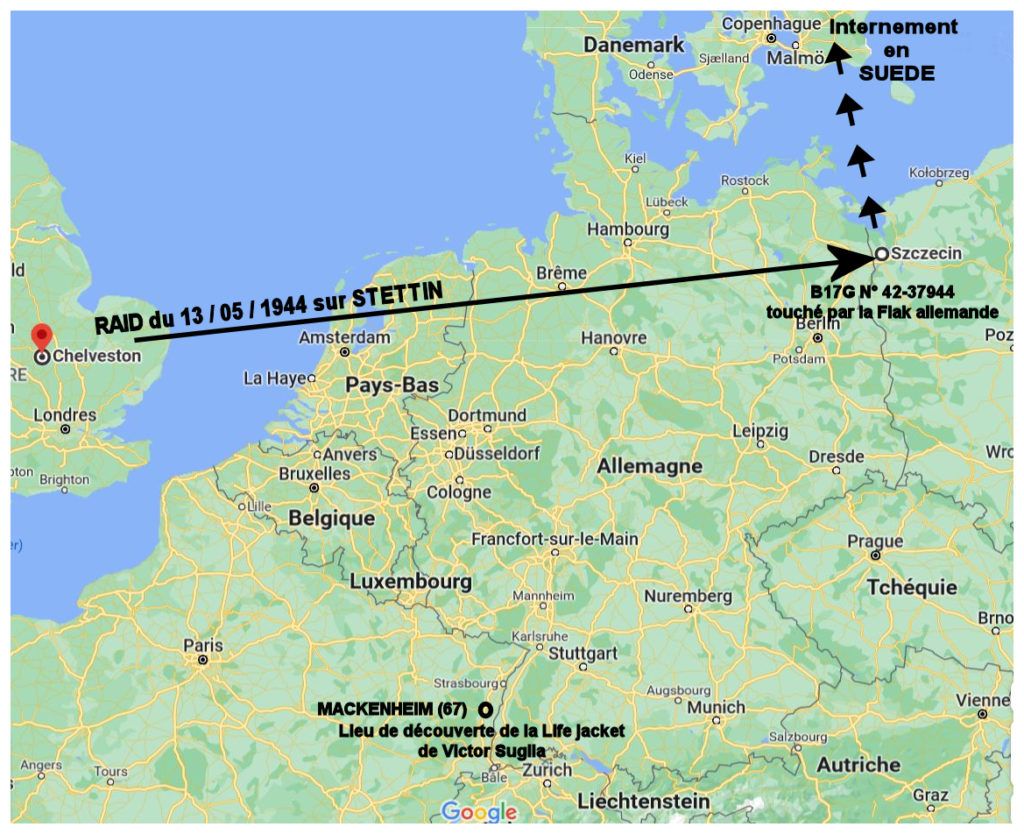
After a forced landing in Echenforde (Sweden), the crew was interned until the end of hostilities. After the war, the Swedes gave the aircraft back to the US, which was rattled on 15 December 1945.
The crew consisted of:
Pilot: Captain Bernard Davy
Co-Pilot: Chas Frankhouser
Navigator: John Potts
Bomber: Captain Brooke Baier
Engineer/Top Turret Gunner: Clem Melder
Radio Operator: Dan Meade
Ball Turret Gunner: Wayne Peterson
Waist Gunner: Dick Finley and John Gillis
Tail Gunner: Lieutenant Cole Berggreen
Ex/navigator: Victor Suglia
Then how did this life jacket cover the 1,200 km from the landing in Sweden to Mackenheim?
One of the hypotheses is a swap during the haste of his jacket with the one of another crew on another bomber, which happened frequently.
When he returned to the US, Victor and his wife Anne settled in West Babylon (New York) where they raised their two children, Lydia and Victor.
Victor died on 6 December 2008 at 97. His obituary: “Victor was a big fan of golfing and crafting but his real passion was his family. His talent to make people laugh and tell stories got everyone’s attention anywhere he was going. He was a really determined man who always said that he regretted nothing in life but always wanted to play golf once more. He will be remembered as an extraordinary man whose story will never be forgotten.”
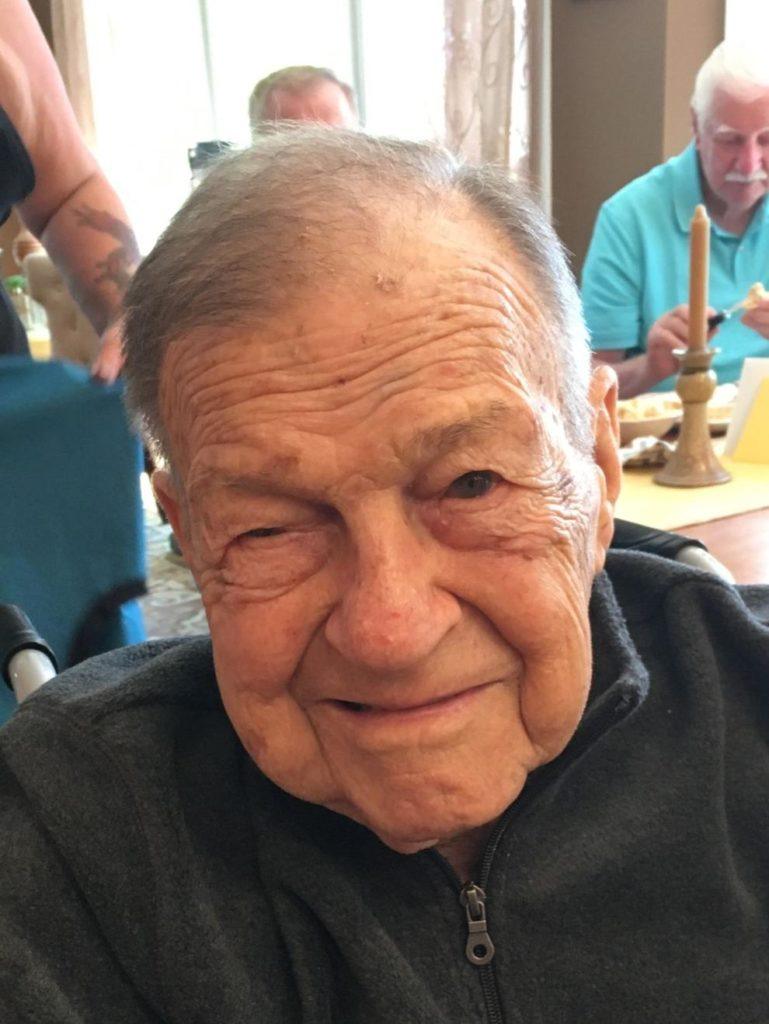

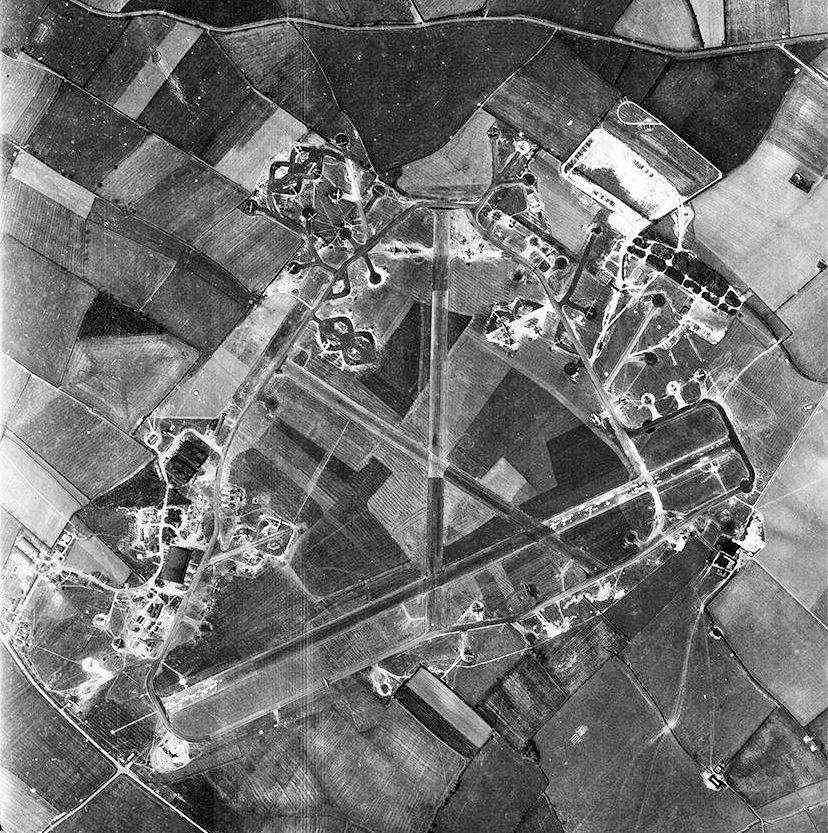
sources : ‘Alsace newspaper of 28/04/2022, US Nara and other websites.
Pierre Benoit UHRY 1919 – 1945

Badge of the Group of Hunting 1/5 “Champagne” carved, which was fixed at the cross of the grave of the Sergeant-Chef Pierre Benoit UHRY in Rustenhart (gift of the family GEISMAR).
I was born on October 17, 1919 in Bischwiller (67), orphan, I also lost my beloved brother Henri Cain UHRY, Died for France on 16/06/1940 in Vimory (45) in combat with the 237th Infantry Regiment.
I was drafted into the Air Force in March 1939 at Bron and was commissioned on 3 July of the same year at Ambérieu. I passed through Étampes, Agen, Evreux (EAP n°17) and served as an instructor sergeant in Etampes. I am released from active service on January 26, 1941 at Toulouse-Francazal.
Having gone to North Africa, I re-enlisted on 15 October 1942 with the 7th Algerian Rifle Regiment (7th RTA) and was awarded the Croix de Guerre following my participation in the fighting against the Germans in Tunisia.
Assigned to the Blida depot in Algeria, I was reintegrated into the aircrew and joined the Free French Air Force in May 1943, in Syria. Registered at the 3rd Company of the Rayak base flying school on July 8 under the number 40.937, I joined the ‘Gaullist’ pilots, appointed sergeant, I was assigned to the air force in AFN on 10/11/1943.
On 1/09/1944 I am promoted to the rank of chief sergeant.
On 25/9/1944 I was posted to the 1/5 “Champagne” fighter group then based at Vallon.
I carry out several missions of ground support for our ground troops in Italy and during the fighting of the Colmar pocket.
My last mission took place on February 4, 1945 along the Rhine between Dessenheim (68) and Rustenhart (68) on board my P-47 Thunderbolt type D-28-RE serial number 44-19702.
After having attacked on the Rhine one of the “gates” located at 5 km of Neuf-Brisach (bridge of boats by which the Germans sent reinforcements and material). In spite of very bad weather conditions and an omnipresent Flak, the targets were perfectly treated from east to west without losses.
The next objective indicated by radio to the group commander was to attack a column of German vehicles.
As a crew member on the left of the Commander I was hit by the German Flak (Anti-Aircraft Defence) on my first pass. I crashed, mortally hit, next to the Schaeferhof farm in the commune of Fessenheim (68).
I am now buried in the Sigolsheim necropolis alongside 1588 other valiant soldiers of different arms and confessions who fell for the liberation of France and Alsace.
His name appears on the list “Died for France” on the Bischwiller war memorial.
NB : The Sergeant-Chef Uhry takes off on February 4th, 1945 from Dôle-Tavaux (39) with a dozen other aircraft under the orders of the Group Commander, Marin la Meslée (who will also be shot down during the attack of this same convoy). The two pilot-airmen did not survive. Their funerals were celebrated on 12 February 1945 in Rustenhart by Abbé Weber and they were buried in the village cemetery.
Thereafter their remains were buried at the National Necropolis of Sigolsheim (grave K-3-63) for Staff Sergeant Uhry and for Major Marin la Meslée at the very place where the Flak had shot him down in the commune of Dessenheim next to the monument erected on the initiative of his comrades-in-arms, in the shape of a five-pointed star.
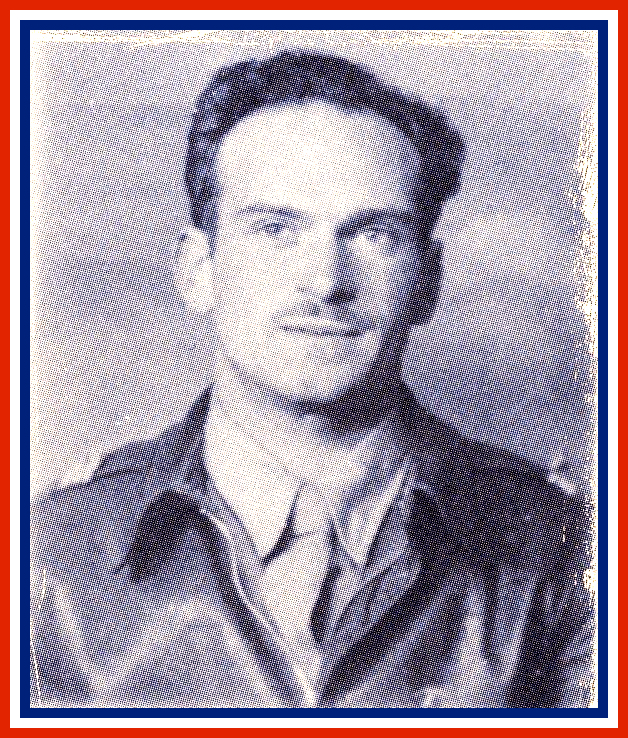
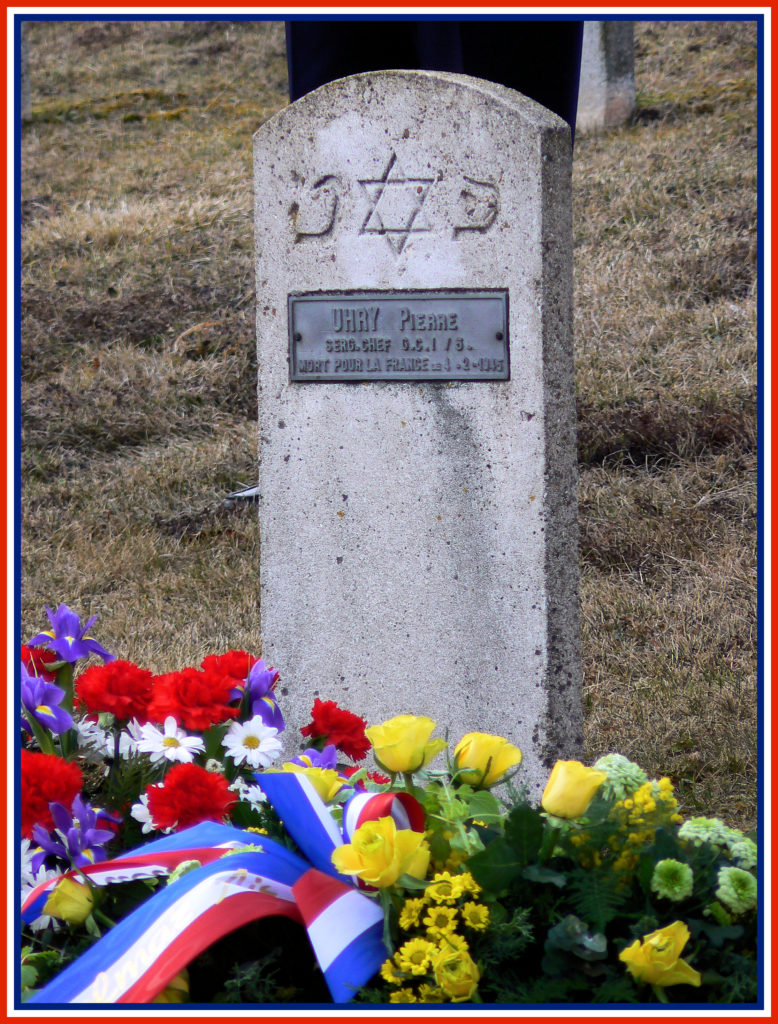
Roger J. PLATTES 1918 – 2002
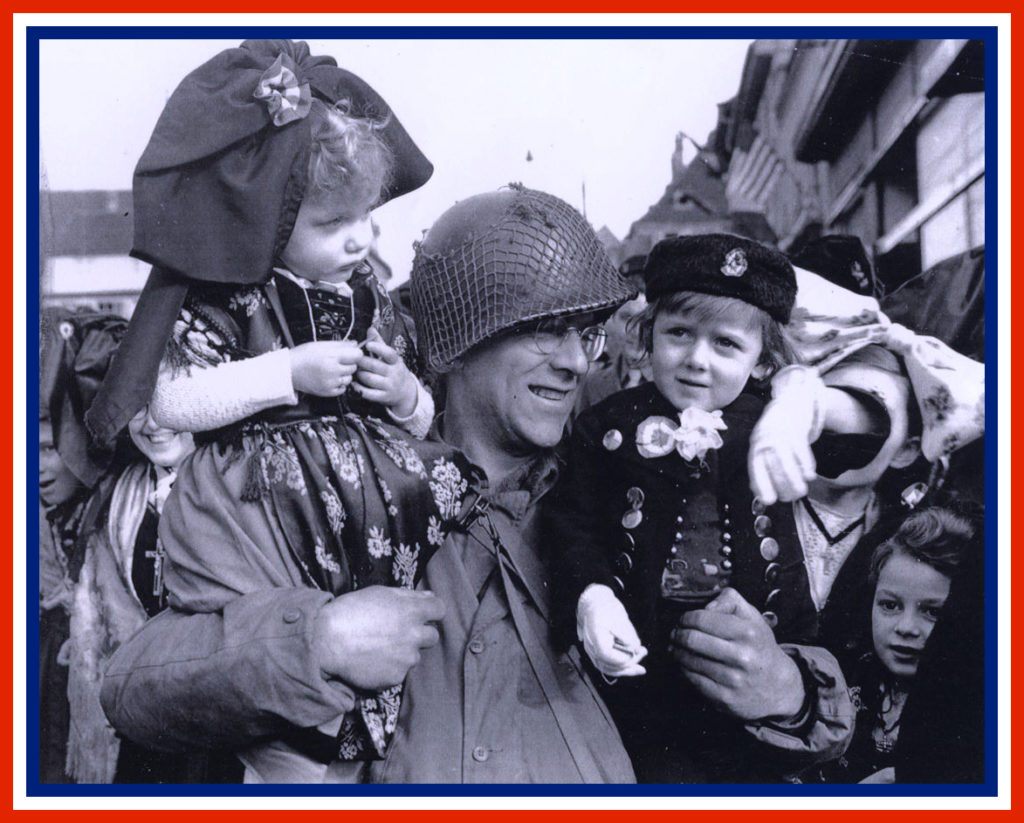
Roger J. Plattes, a picture like no other, or the actual history of that famous picture taken on 8 February 1945 in Colmar.
Almost everyone knows this picture – or at least has seen it, everyone thinks they know the name of the American soldier – or at least Roger J. Platts the one indicated in most books, everyone is sure that is shows two Alsatian children.
After going through all the archives on both sides of the Atlantic Ocean, let’s now sort all this and tell the peculiar story of this picture.
It all began on 8 February 1945 in Colmar, 6 days after the liberation, and everyone was gathered around the path of the upcoming military parade.
Near the Catherinettes Hall, Ms Suzanne Heann arrives with her daughter, Monique, 2, and her friend Christiane with her mother and aunt.
During the parade, an American soldier steps out and grabbed the 2 little girls and lift them to the height of the army photographic service. Little Monique did not understand what was going on and began to cry. The soldier tried to comfort her telling her she was safe and that he also had children but nothing worked until the sergeant gave her a chewing gum. It was that chewing gum paper that the little Alsatian girl holds in her hand in the picture.
Ms Haenn, who was living Bruxelles Street, made the Alsatian folk costume during the endless hours of the occupation with a red dress that the little girls found too long and were told as a subterfuge that it was for other children. Her little friend also embraced by the soldier, Christiane, was living Fleischhauer Street and was coming with her at every parade. It was her dressed as a little Alsatian boy.
Late 1984, the information service of Colmar edited a great poster to announce an exposition in Koïfhus for the commemoration of the liberation of the town. It showed the 2 little girls on the shoulder of an American soldier.
One of them (Monique), quickly identified herself and the DNA (Dernières Nouvelles d’Alsace), a local newspaper, published an article about her on 5 December 1984. The other (Christiane), born in Colmar and then living in Mulhouse wanted to remain anonymous.
The only thing left was to find the soldier on the poster, Roger J. Platts (with this mistake) of the 112th Infantry Regiment of the 28th Infantry Division US, since Ms Suzanne Heann (70 in 1984-85) would be so happy to find this sergeant of the US army who “took” her little Monique from her arms near the Catherinettes.
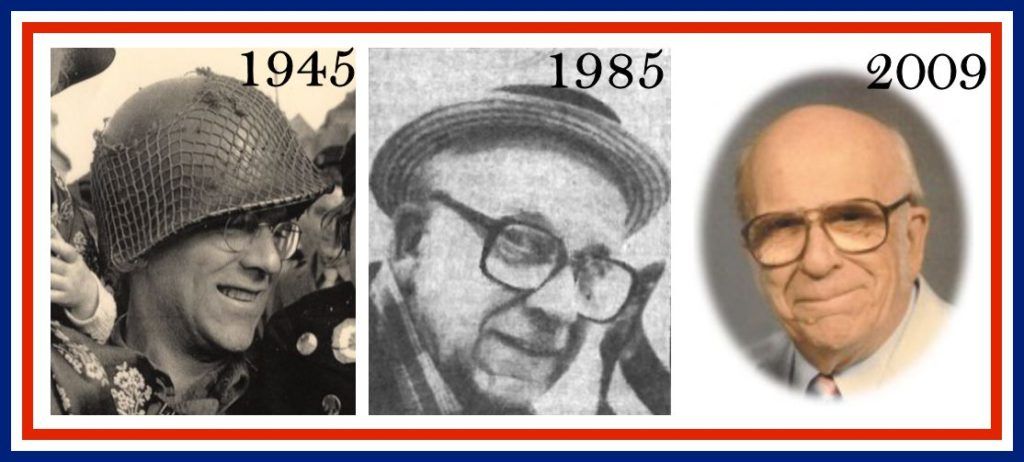
Then, journalists contacted the USA Consulate in Strasbourg and the information service of Colmar which gave them his name and unit: Roger J. Platts from the 28th Infantry Division US.
At the same time, Nadine Beck, a Colmarian, decided to investigate by writing a letter to a friend of hers in the US, Francesco Bartolomeo, an Italian man living in Brooklyn.
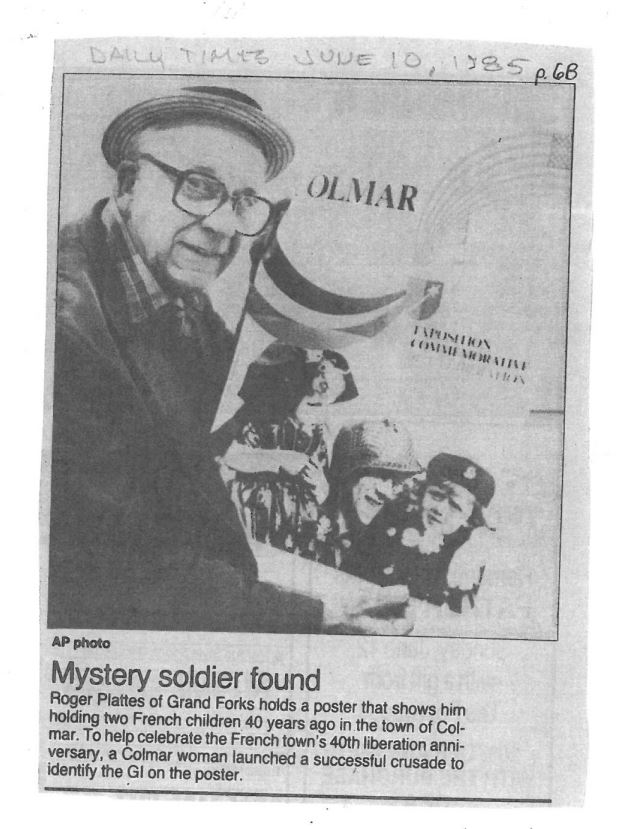
With only the wrongly written name and a copy of the poster, Bartolomeo found Plattes, a graduated from the technical high school and Saint John University in St Cloud (Minnesota). Bartolomeo asked the Stearns County Historical Society to start from here. John Decker, archivist for this society said: “He sent us a letter and we checked the town’s annuary. We found that he left St Cloud in 1946”. Then, Decker and Bob Lemmel, director of the Heritage Centre, went through the obituary files and found the name of Plattes’ parents. Both files indicated that Plattes lived in Grand Forks (North Dakota). A quick check of Grand Forks’ phone book showed that Plattes was still living there. Decker gave Plattes’ number to Bartolomeo and thus the soldier was found again.…nd that’s how he was found…don’t forget that at that time the internet did not exist![]() .
.
The Times of 10 June 1985 stated:
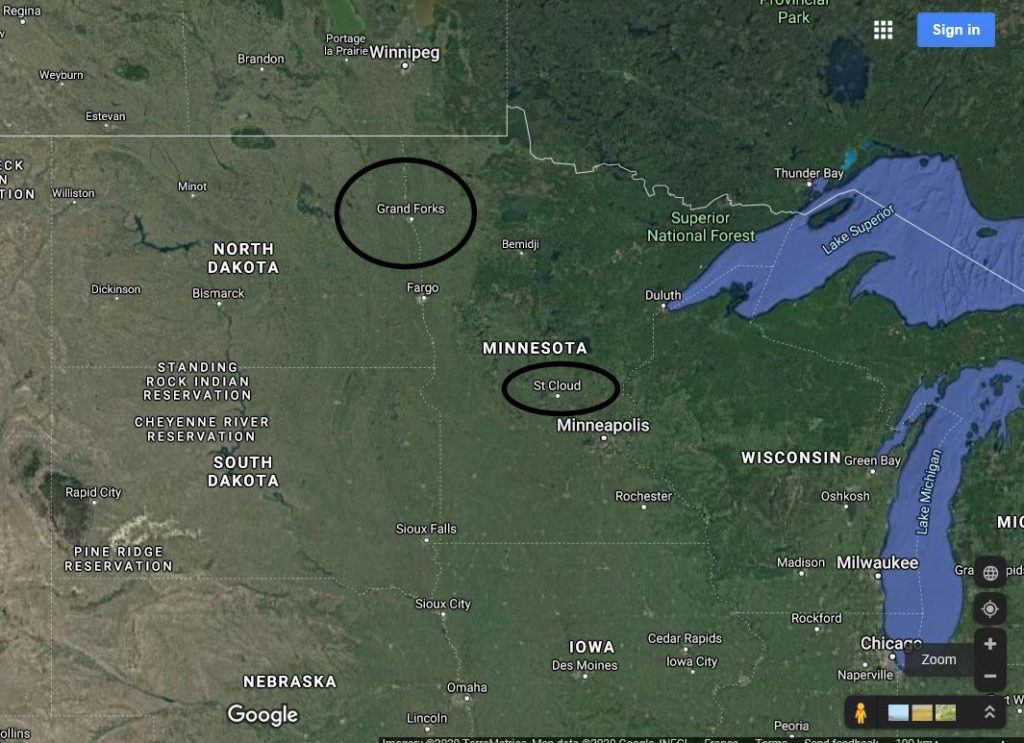
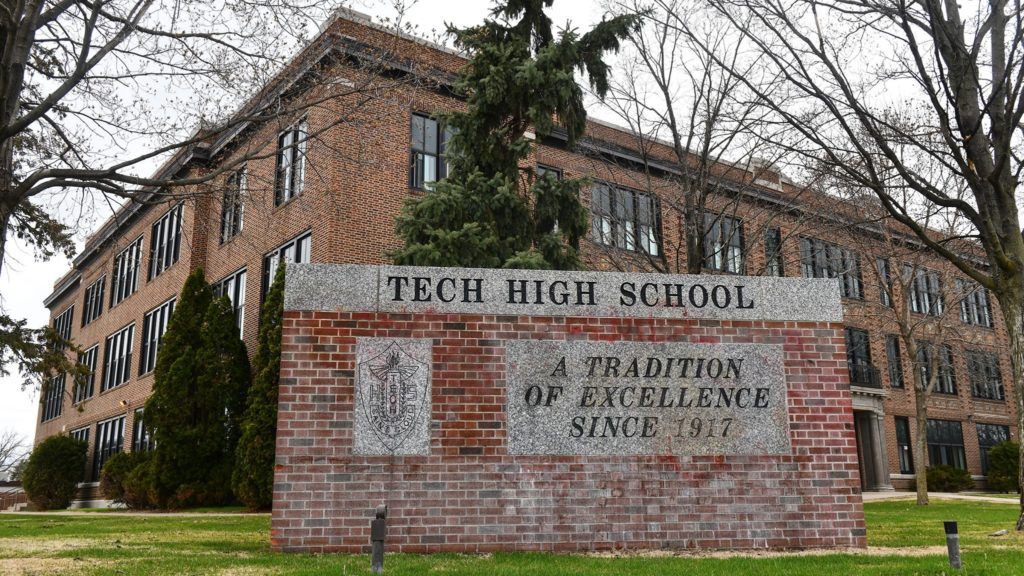
“The Mystery Soldier Found
Roger Plattes of Grand Forks holds a poster that shows him holding two French children 40 years ago in the town of Colmar.
To help celebrate the 40th anniversary of the liberation of the French town, a Colmar woman launched a successful “crusade” to identify the poster’s GI.
In the Times of 4 December 1985:
“The GI pictured is from St Cloud…”
A photograph taken more than 40 years ago of an American soldier comforting two French girls is about to lead to a remarkable reunion. The bespectacled and helmeted soldier, whose image has become a symbol of liberation and freedom for many in France, is Roger J. Plattes, a native of St Cloud. For four decades, the citizens of Colmar, a town in northeastern France, knew the GI only as “an American soldier”, whose photo was taken in February 1945. But now, thanks in part to the work of the Stearns County Historical Society, they know who their “hero” is.
“This is very unusual,” Plattes said by phone from Grand Forks, N.D., where he now lives.
“To think of all the millions and millions of Gis who were out there and I was the one in the picture.” Plattes, who said his grandfather, John Plattes, helped found St. Cloud, was born in St. Cloud and lived there until he enlisted in the U.S. Army during World War II.
Roger is the son of the late Peter J. and Clementine Plattes. Before enlisting, Plattes worked at the St Cloud Daily Times as a sports editor, he said.
Ironically, a fellow journalist made him famous.
Plattes was in Colmar shortly after French and American troops ended the city’s five-year German annexation. He had bent down to console two girls, one of whom was crying, giving each a piece of chewing gum. A journalist took a photo of Plattes with the girls sitting on his shoulders. The photo was published on the cover of a French magazine, of which Plattes got a copy and framed it. But he did not know the girls’ names and never heard from them again until last week.
Roger said he hoped to travel to France to find the two women. “I didn’t think we would ever meet again,” he said. “I’m going to write to them now and send them a picture of me and tell them a little bit about what has happened to me since. “And I’ll tell them how happy I am to hear from them after all these years… and I’ll tell them I’m sorry it couldn’t have been sooner.” Both women want to meet Plattes…
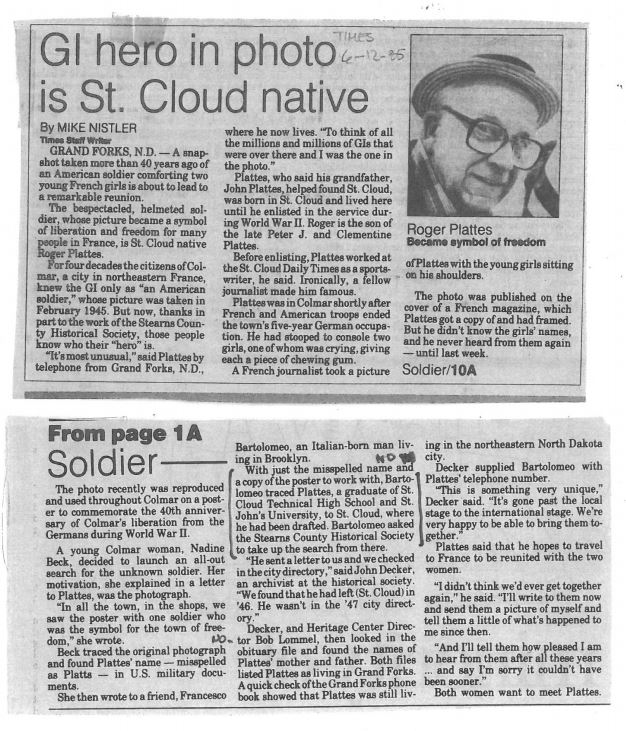
We don’t know if they met afterwards…if anyone knows more about this we would be happy to hear about it…
According to his obituary, Roger J. Plattes died on February 8, 2009….64 years to the day after this famous photo was taken.
It is learned that Roger J Plattes, 90 of Annandale and formerly of Grand Forks, North Dakota, passed away peacefully on Sunday, February 8, 2009, at the Annandale Care Center (Minnesota, near St Cloud) where he resided.
That Roger Joseph Plattes was born on September 7, 1918 in St. Cloud, Minnesota to Peter and Clementine (Karsnia) Plattes.
He graduated from St. Cloud Technical High School and St. John’s University in Collegeville with a degree in English.
He married Evelyn Stahl on September 19, 1942 in San Luis Obispo, California and she preceded him in death on July 12, 2002.
He worked for 38 years as a reporter and editor at the Grand Forks Herald in Grand Forks, ND.
Rogers’ spirit and enthusiasm for life will be greatly missed. He is survived by his five children and their spouses, Pamela and Doug MacPherson of Fullerton, CA, Liz & Lance Morque of Minneapolis, Peter Plattes and Diana Lam of Milton, MA, David Plattes and Shelley Cook of Pequot Lakes and Karen Plates of Winthrop , MA; brother, Gordon & Pat Plattes of Arcadia, CA; 11 grandchildren; and 9 great grandchildren.
sources: DNA archives, St Cloud University, internet and us nara.
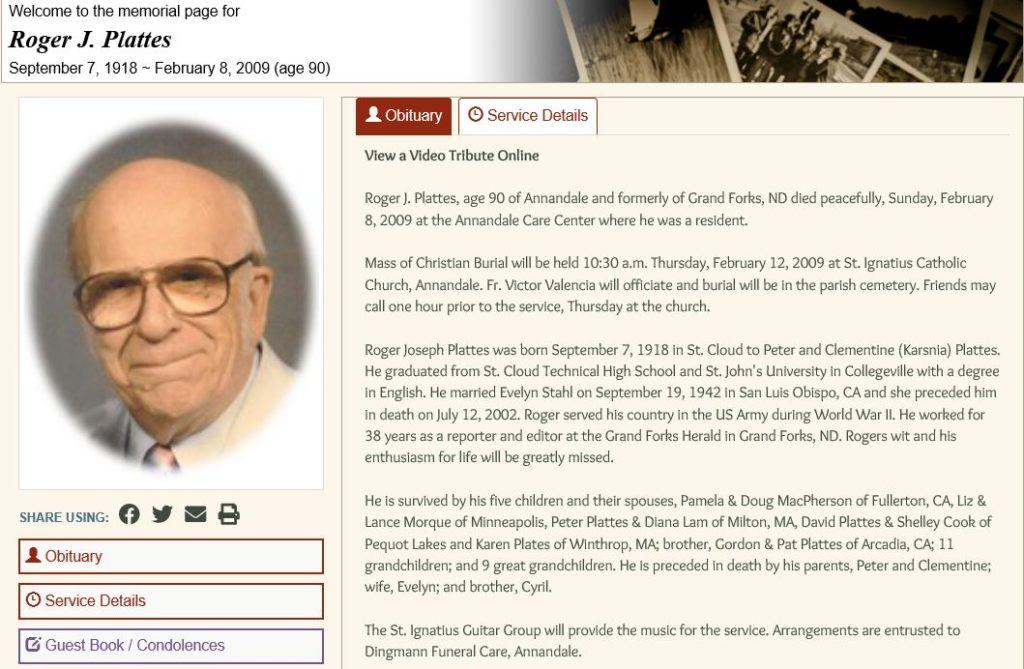
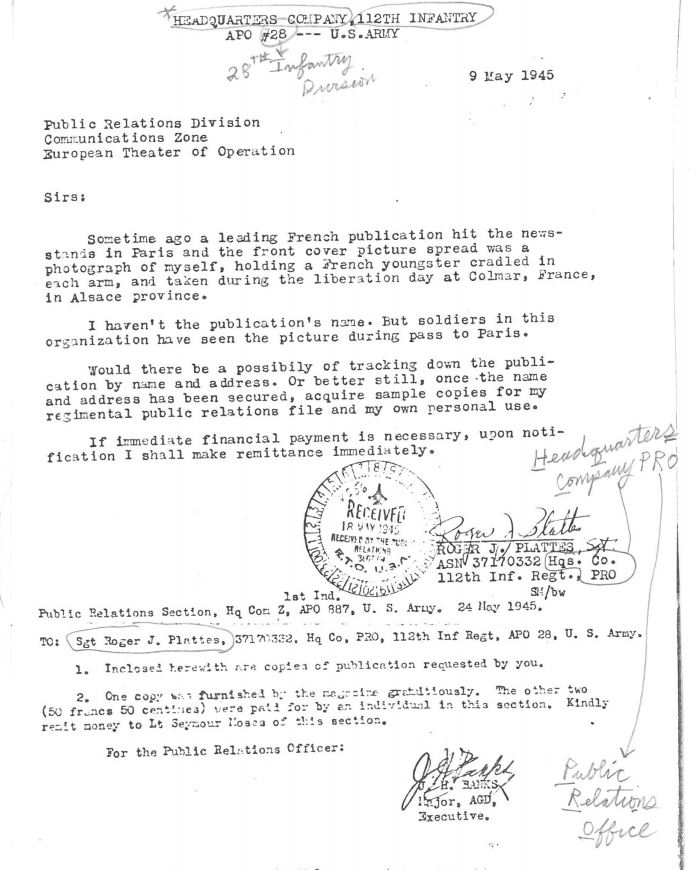
Paul Flesch-Hild 1942 –
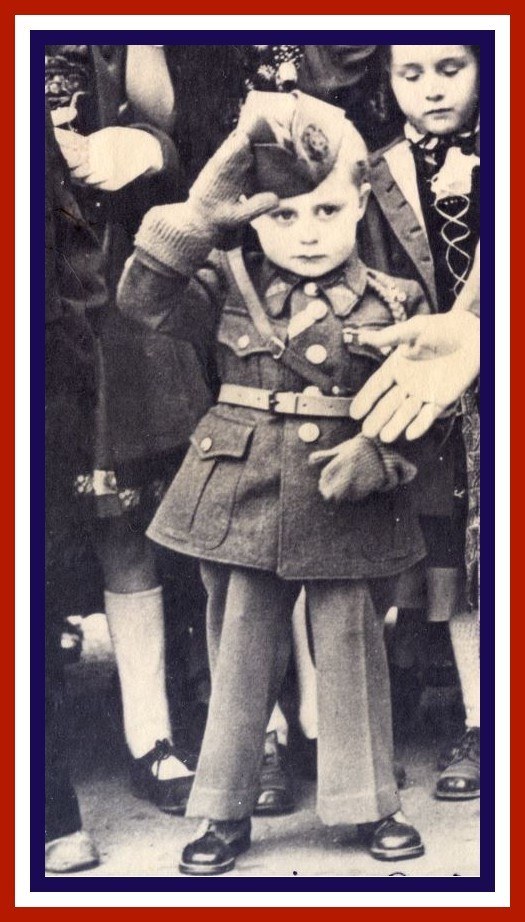
A little Red Devil (member of the 152nd Infantry Regiment) in the Memorial Museum of the Combats of the Colmar Pocket.
It is an unusual donation that the Museum in Turckheim received.
It all began during the European Heritage Days, when Paul Flesch-Hild spoke to the chairman of the Museum. He said that he “was close to General de Lattre” and showed a picture taken during the Liberation on 20 February 1945. At only 3, the young Paul Flesch-Hild dressed in a military uniform is saluting General Devers and General de Lattre de Tassigny.
Paul Flesch-Hild recalls: “I was living in the basement of the house with my family, like all the others Colmarians. We were all seated at the table when we felt some excitement and bustle coming from outside. The Allies had liberated Colmar. My mother told me later (I was only 3) that they all went outside to see what was going on and forgot me in the basement. When they came back, apparently, I emptied all the glasses!”
A few days later, on 20 February 1945, a military parade was held to celebrate the liberation of Colmar: “My mother and aunt gave me a fitting uniform of the French Army they had made with military bedsheets and hidden.”
My uncle took me to see the parade in the Champ de Mars dressed as a sergeant from the 152nd Infantry Regiment. I got noticed by the two generals as a was saluting and they came shaking my hand.”
This famous picture went all around the world. It was published in several newspapers, including Paris-Match, and displayed in several museums, including the General de Lattre de Tassigny one in his home town of Mouilleron-en-Pareds (Vendée). That town also gave the honorary civilian medal to him.
The only think Paul Flesch-Hild remembers from that day is what everyone told him: “The only thing I recall is that the pockets of the uniform were full of chocolate and chewing gum that the soldiers gave to me.”
Instead of throwing his little uniform away, he gave to the Museum.
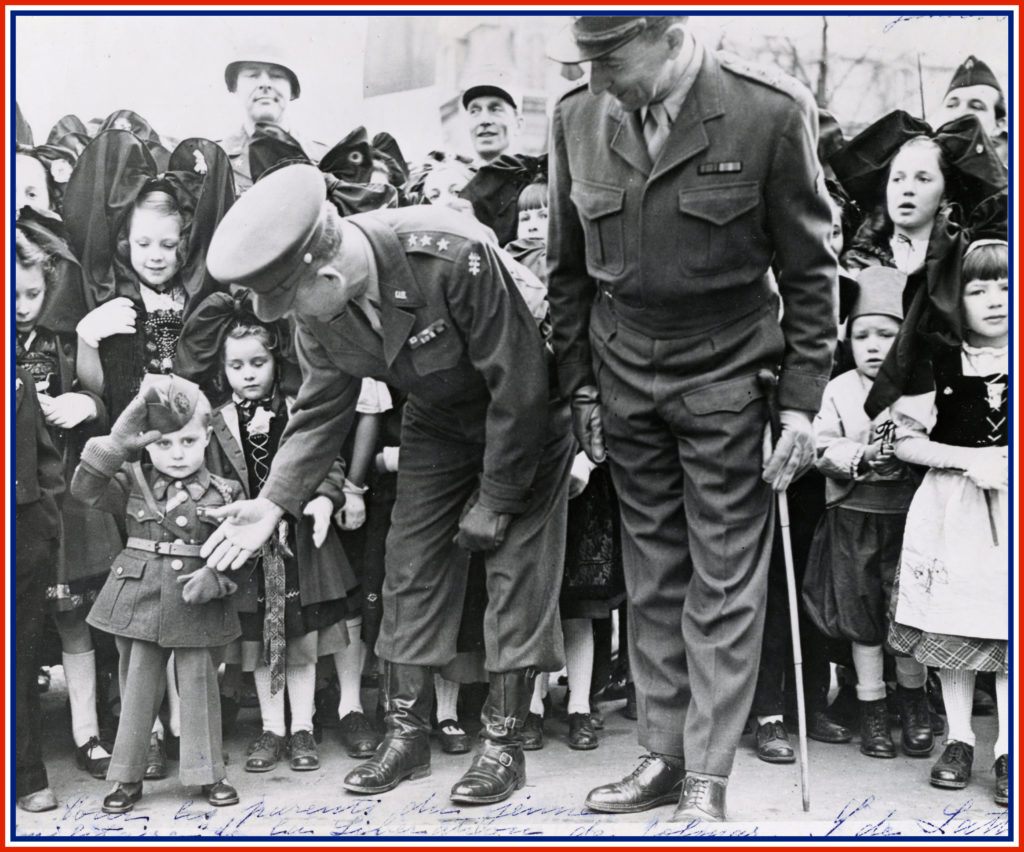
On 20 February 1945, Paul Flesch-Hild saluting General Devers and General de Lattre de Tassigny.
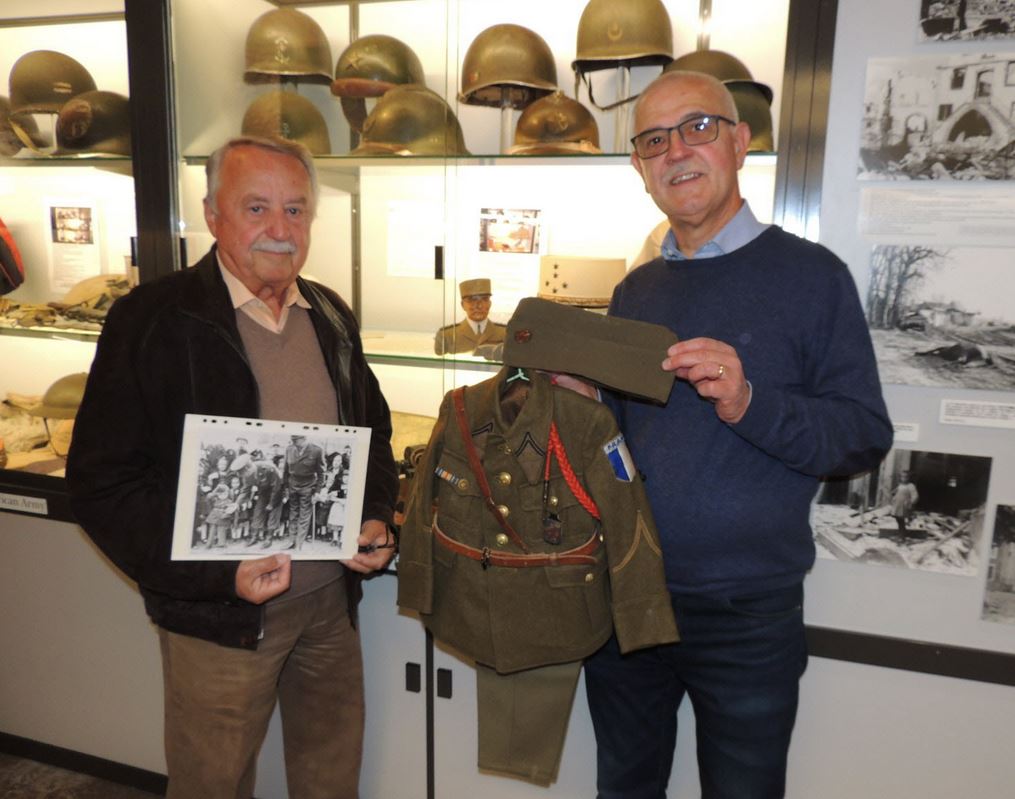
Paul Flesch-Hild (left), with his souvenir picture and the president of the Memorial Museum of the Combats of the Colmar Pocket in Turckheim in 2021.- photo DNA.
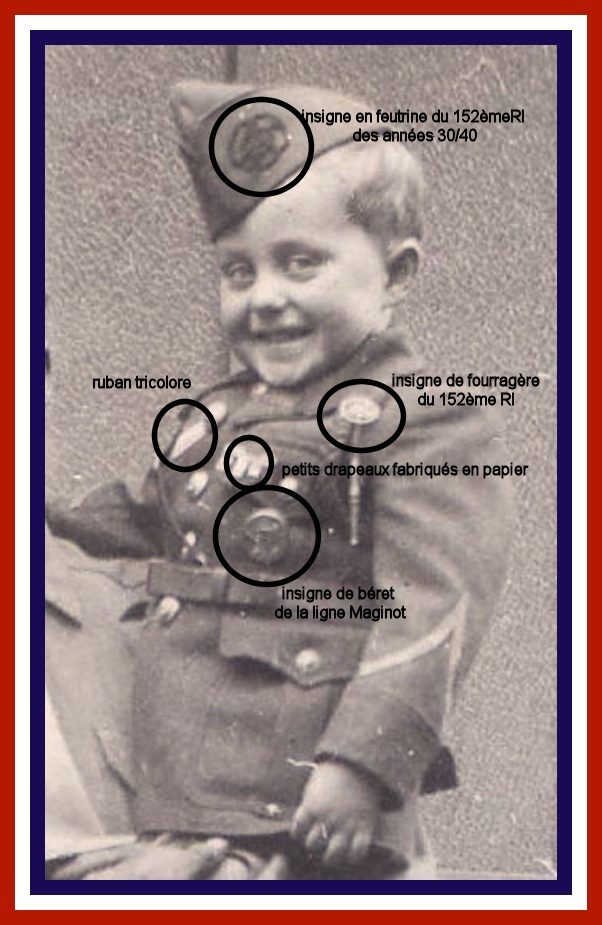
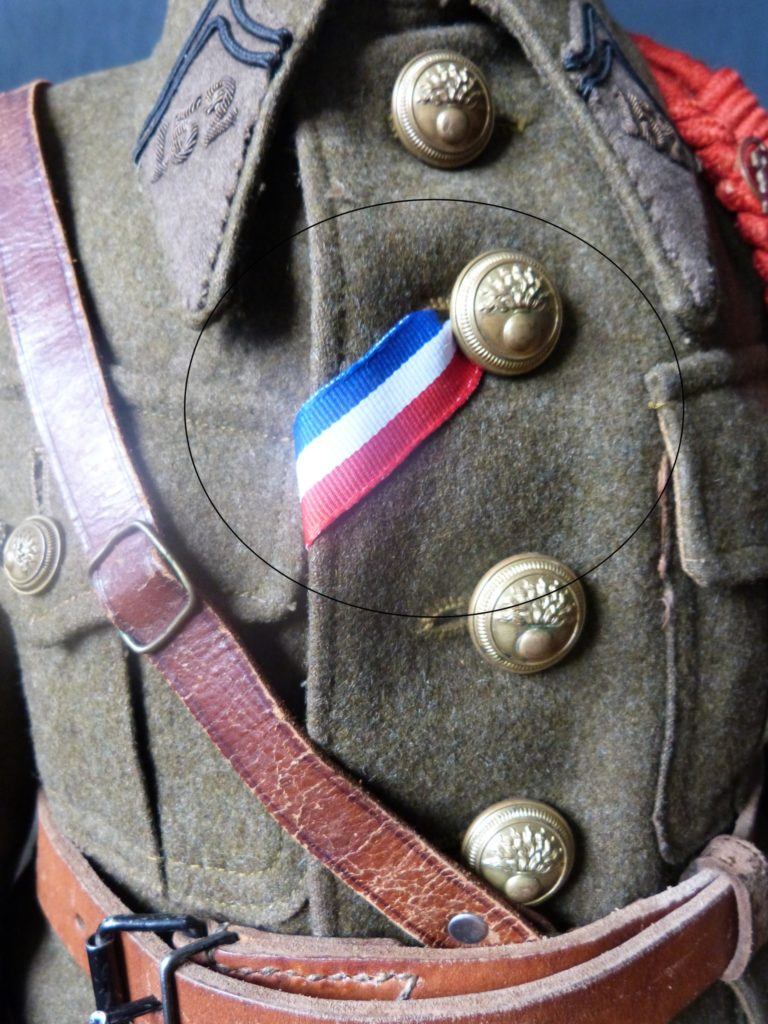
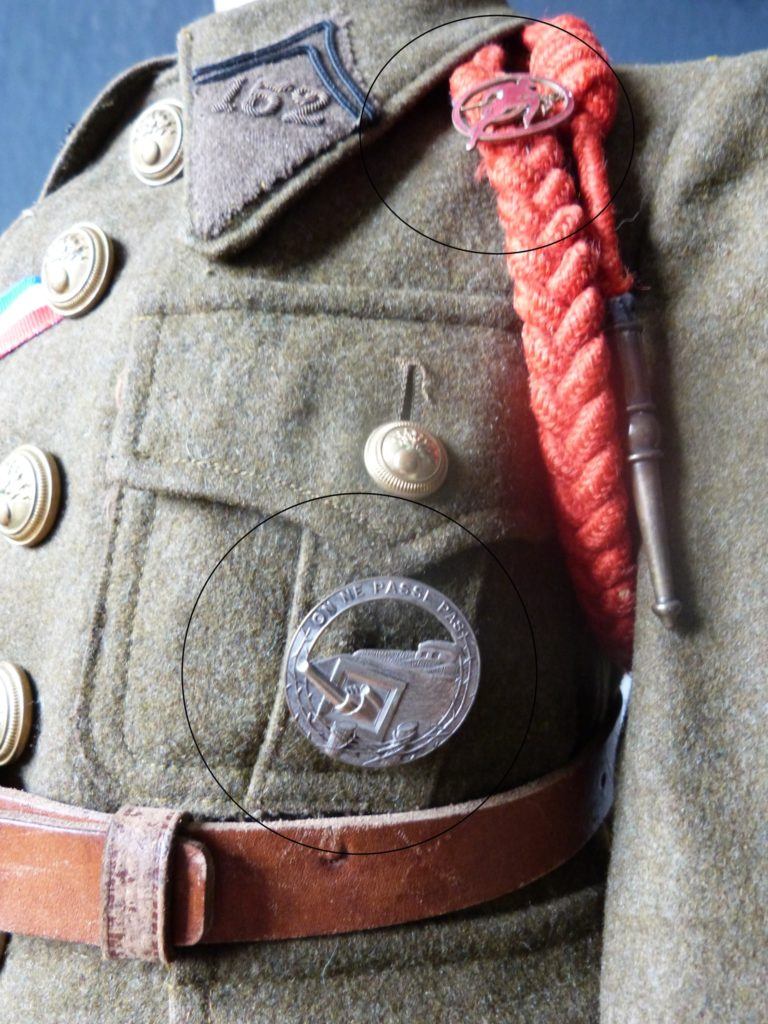
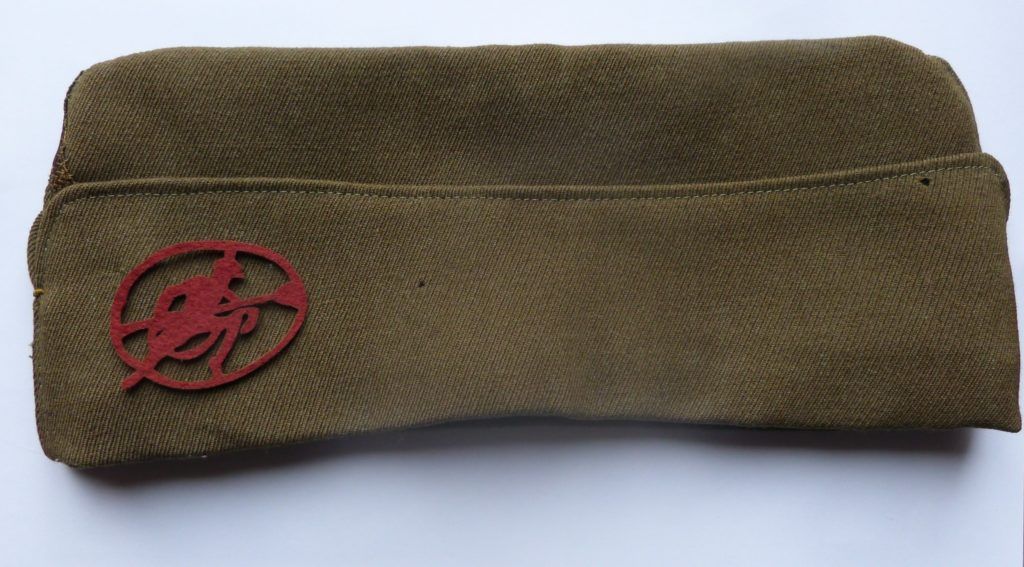
Hélène CHATENAY 1924 – 1974
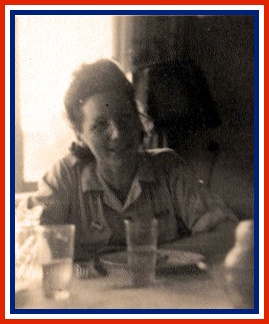
Shock Battalion, tribute to Hélène Chatenay, an exceptional woman.
I was born on 21 September 1924 in Montbard (Côte-d’Or) and I voluntarily enlisted as a nurse at 20. On 1 October 1944, I was assigned to the Bayard Battalion (Côte-d’Or Maquis, a Resistance unit).
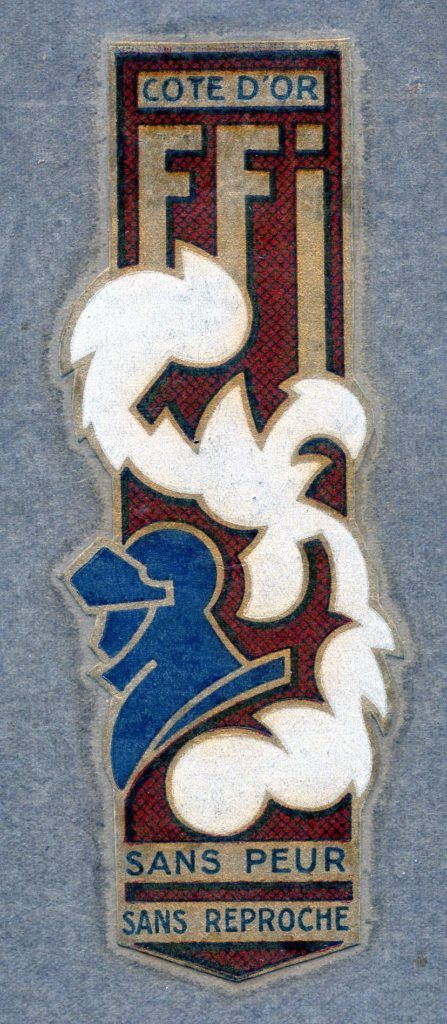
Then I went to the 1st Support Commando of the Commando of France, which became the 5th Company of the 1st Shock Battalion mid-January 1945. I heroically took part in the Alsatian and German Campaigns, as close as possible to the battle to help the wounded, despite the danger.

During the Alsatian Campaign in May 1945, she was commended in the Order of the Army Corps by General de Goislard de Monsabert:
“Outstanding nurse with an unmatched spiritual radiance. Stood out in the Côte-d’Or Maquis as a nurse of the Bayard group by her composure, courage, dedication and tireless activity. Just stood out again in the 1st Grouping of Shock during the battle in Durrenentzen (Haut-Rhin) on 31 January 1945. To complete her mission of bandaging and escorting the wounded, she passed several times under heavy artillery and sniper fire a burning tank, whose ammunition were exploding. Magnificent example of temper and selflessness.”
With the commendation, she was awarded the Croix de guerre with vermeil star.
In June 1945, she was commended in the Order of the Division by General Schlesser (Commander of the 5th Armoured Division) for her actions during the German Campaign:
“Voluntary nurse of the Shock Brigade, who showed great devotion during the whole German Campaign. Beside her technical knowledge, she also brought the comfort of a feminine presence to the sick and wounded. During the operation in Karlsruhe on 3 April 1945, she followed the column in charge of clearing the forest along her men, tending to the wounded on the battlefield. On 6 and 8 April in Konigsbach and Pforzheim, calmly and bravely cared for the wounded, indifferent to the bombing dangers. Already commended during the Alsatian Campaign.”
With this commendation, she was awarded the Croix de guerre with silver star.
She died on 22 September 1974 in Montbard at only 50.
Thank you, Ms Chatenay, for your commitment to serve France, civilians and soldiers. You will not be forgotten.
sources : Henri Simorre et Capm.
If you are interested in the history of the Bataillon de Choc : https://1erbataillondechoc.forumactif.com/
